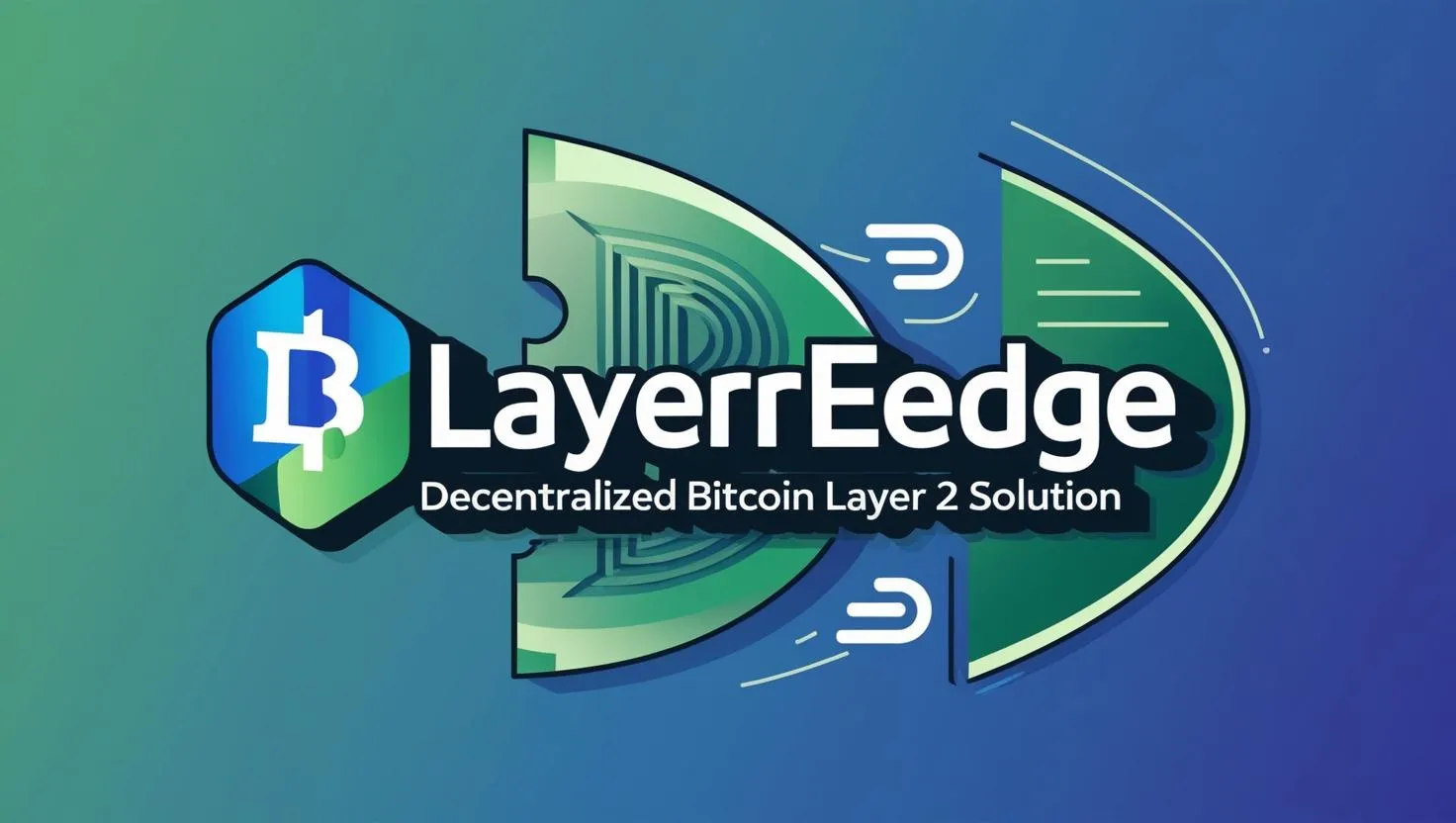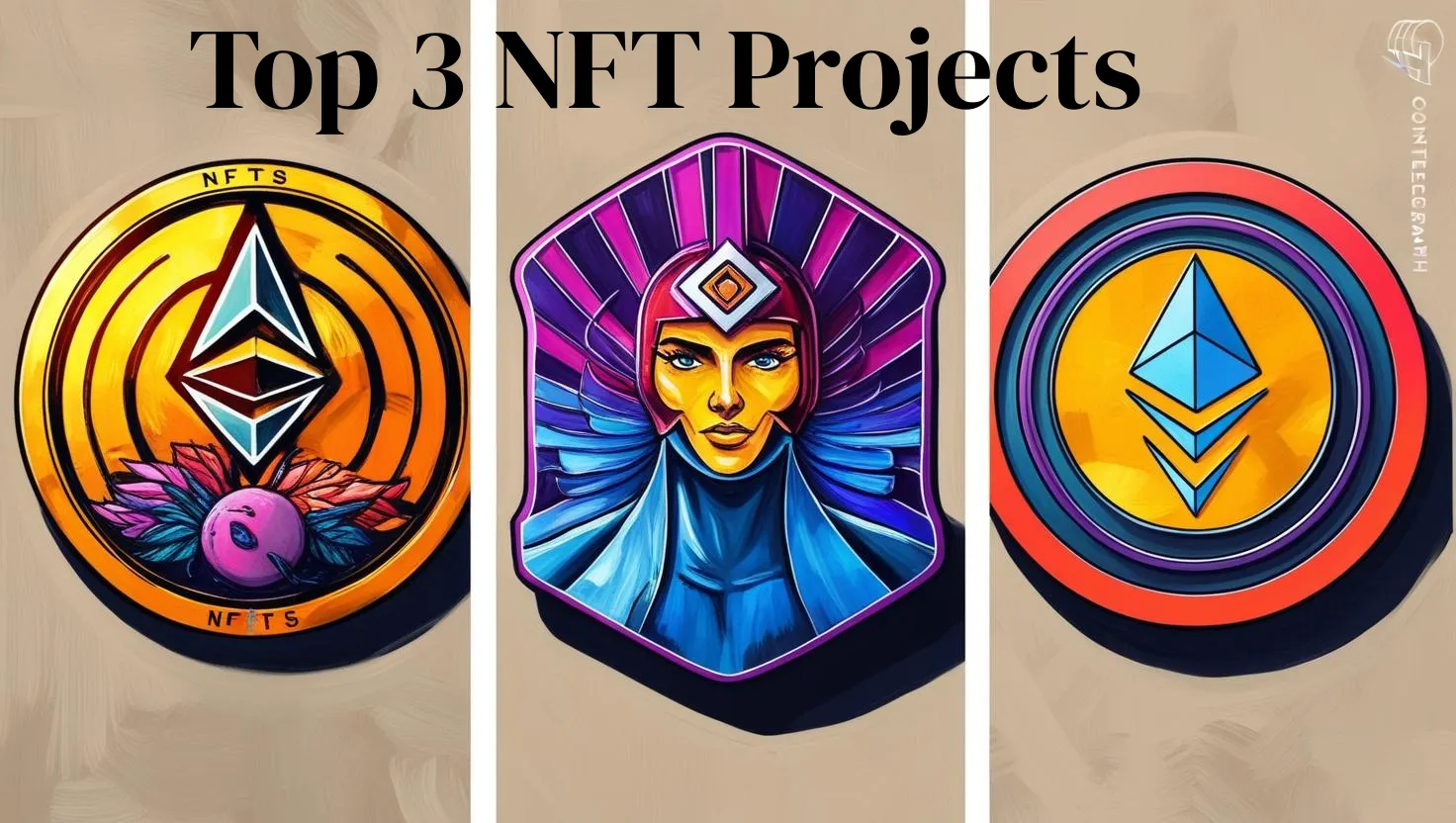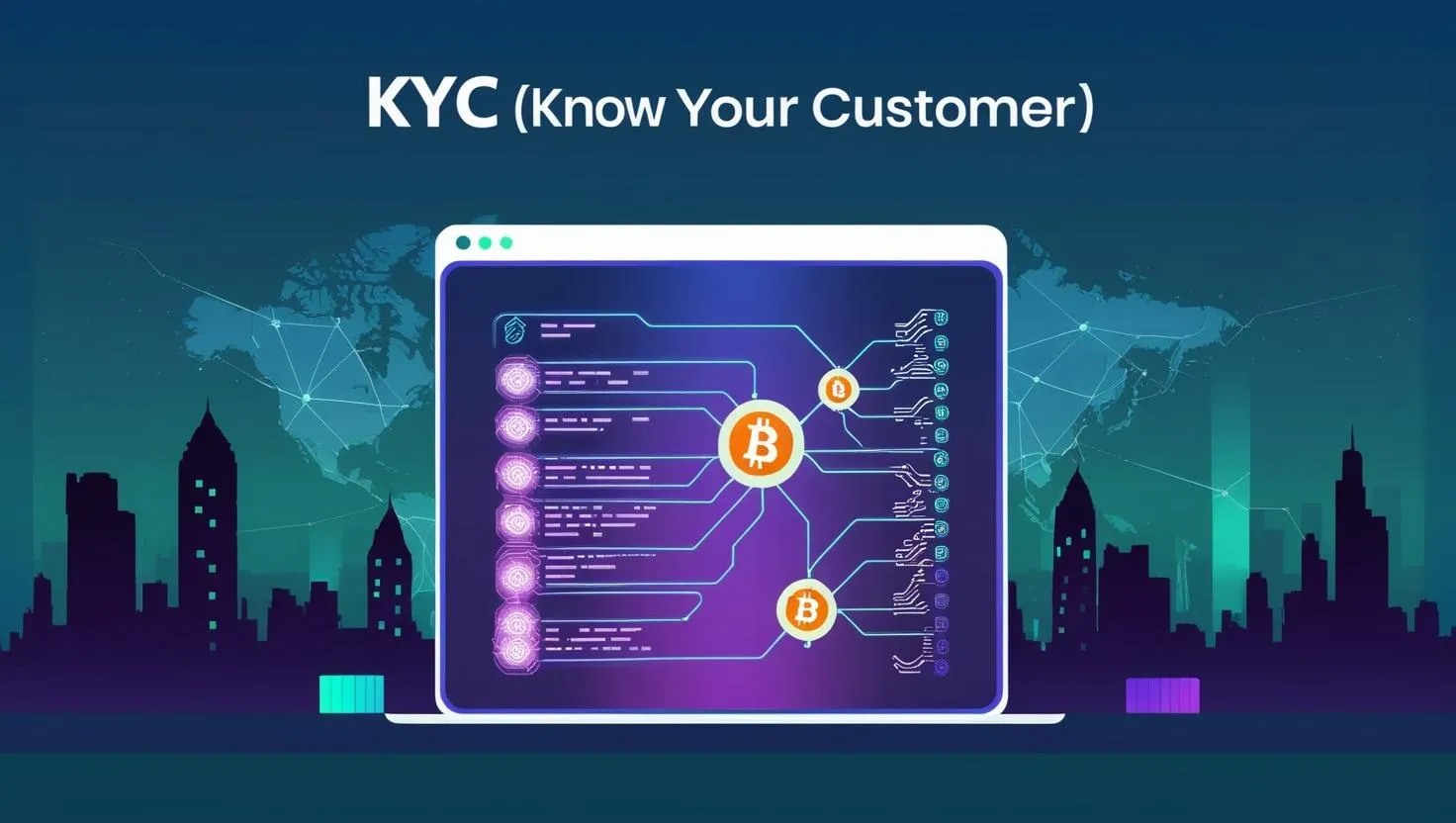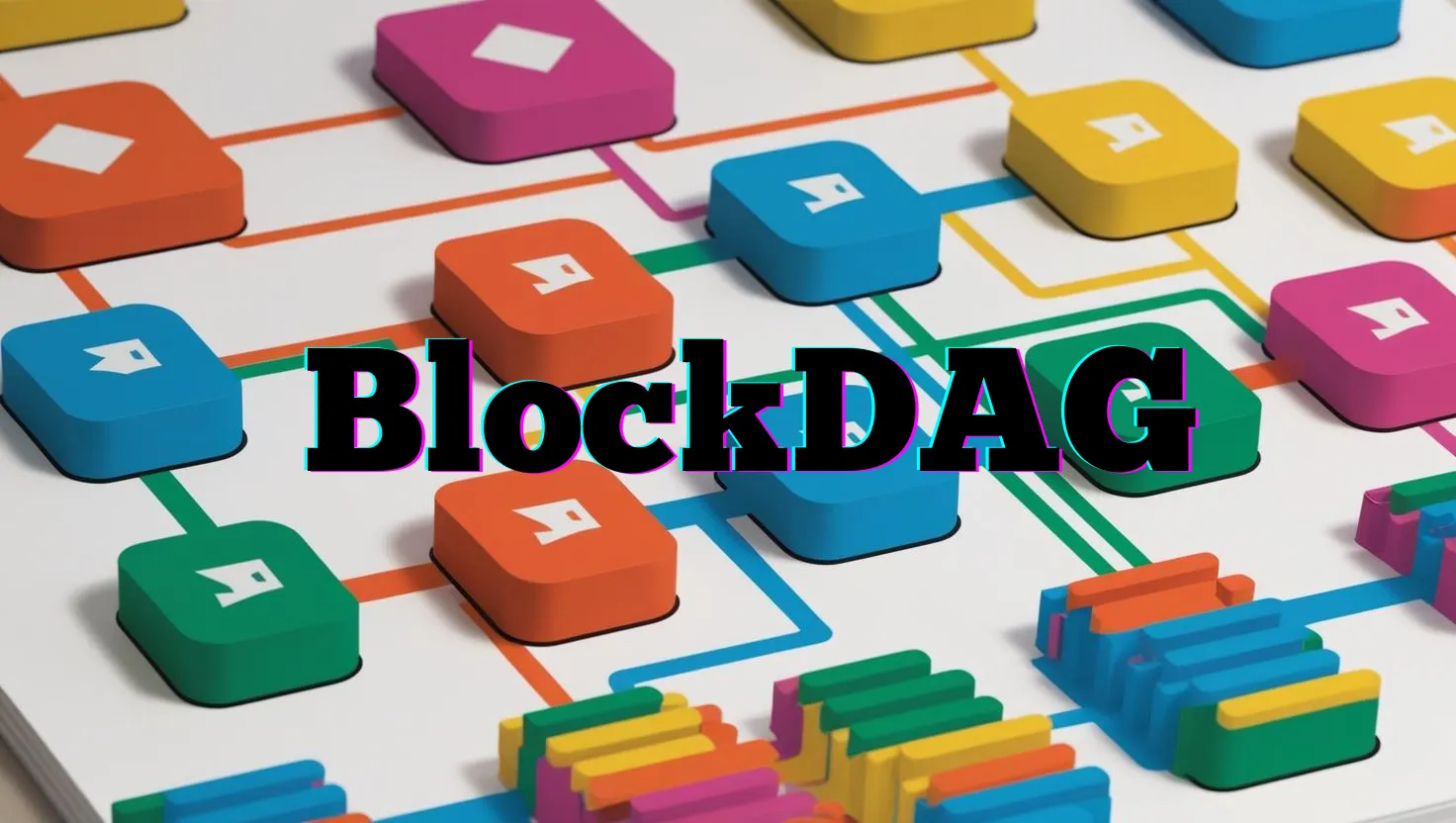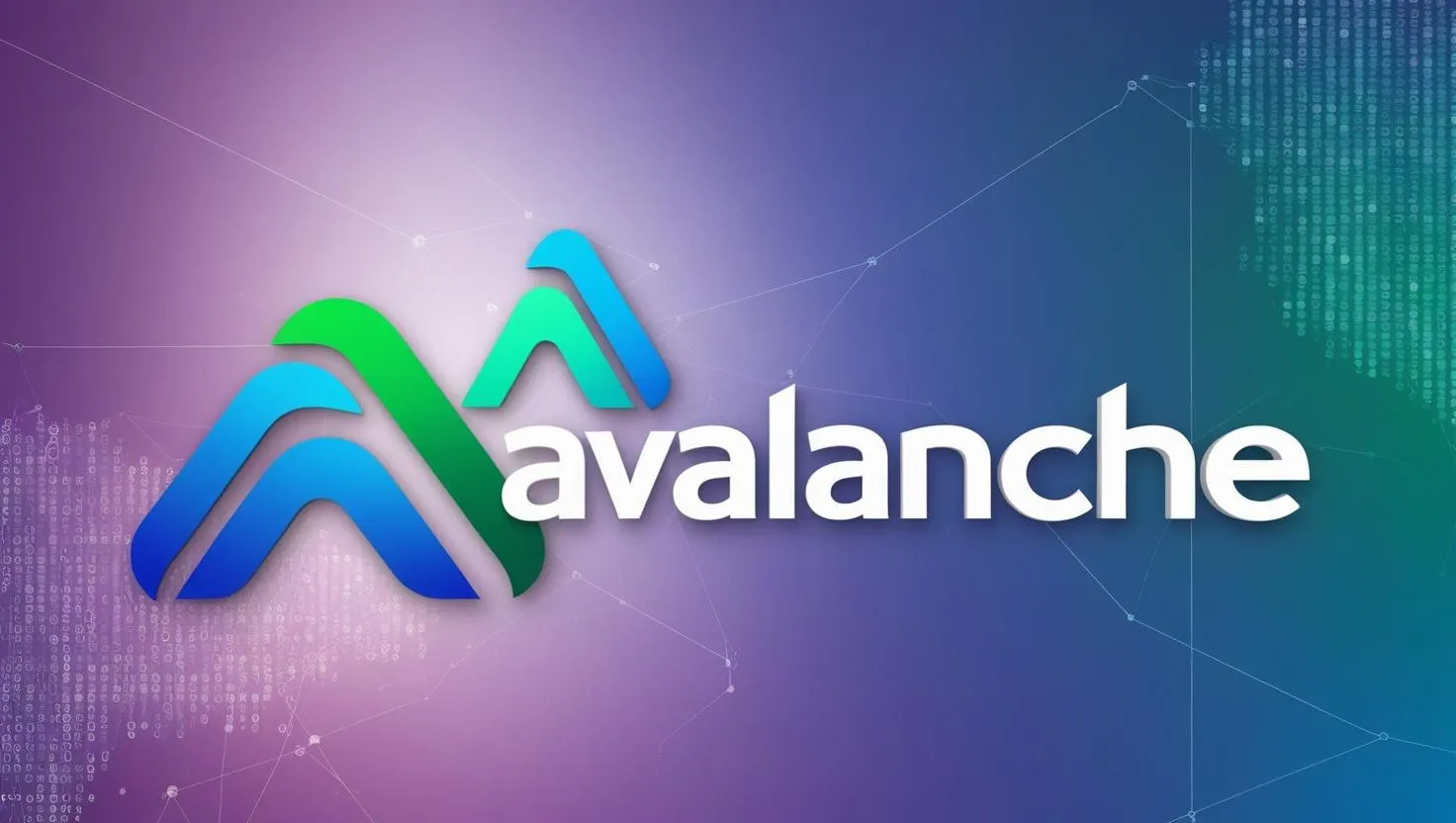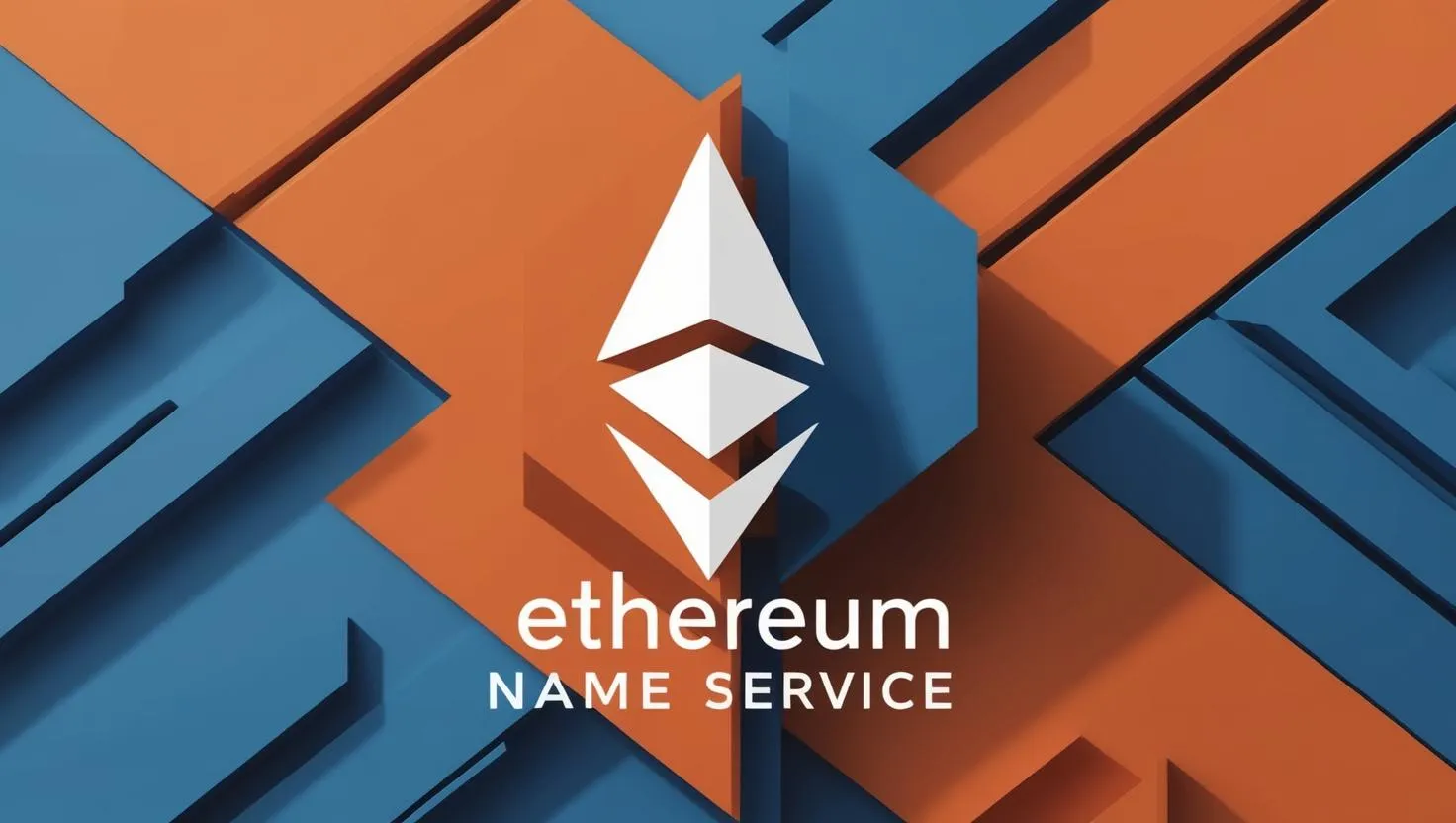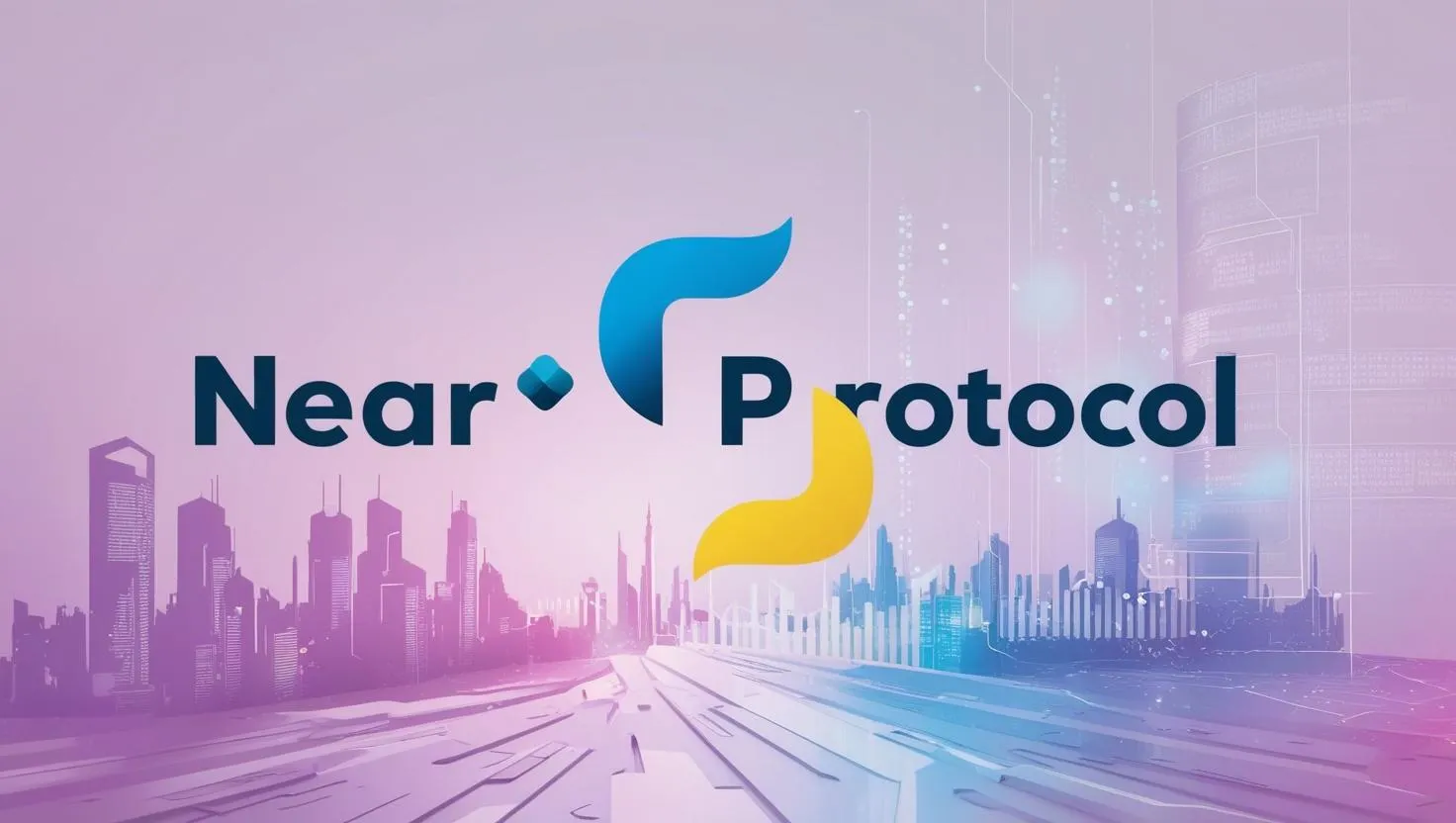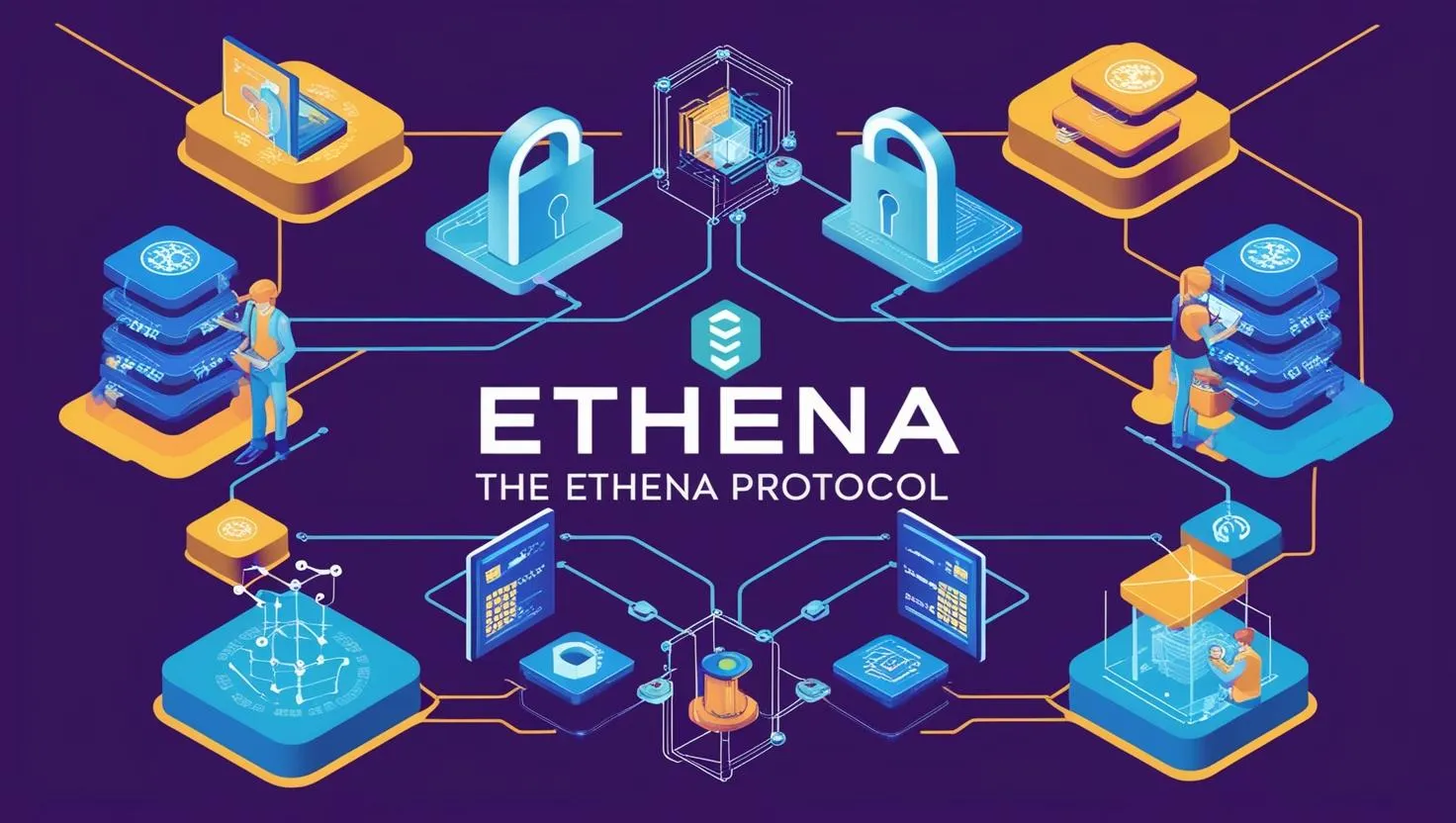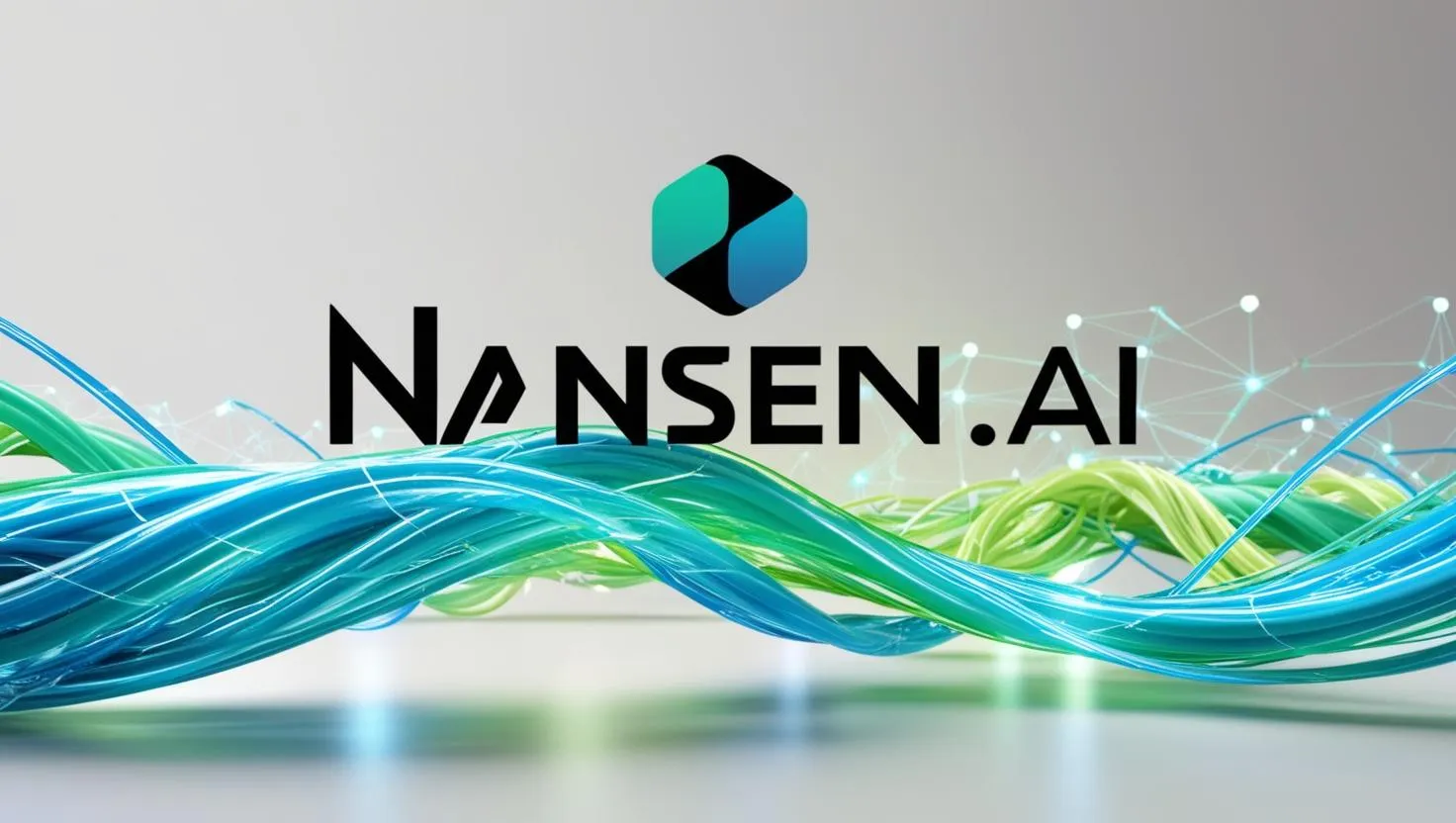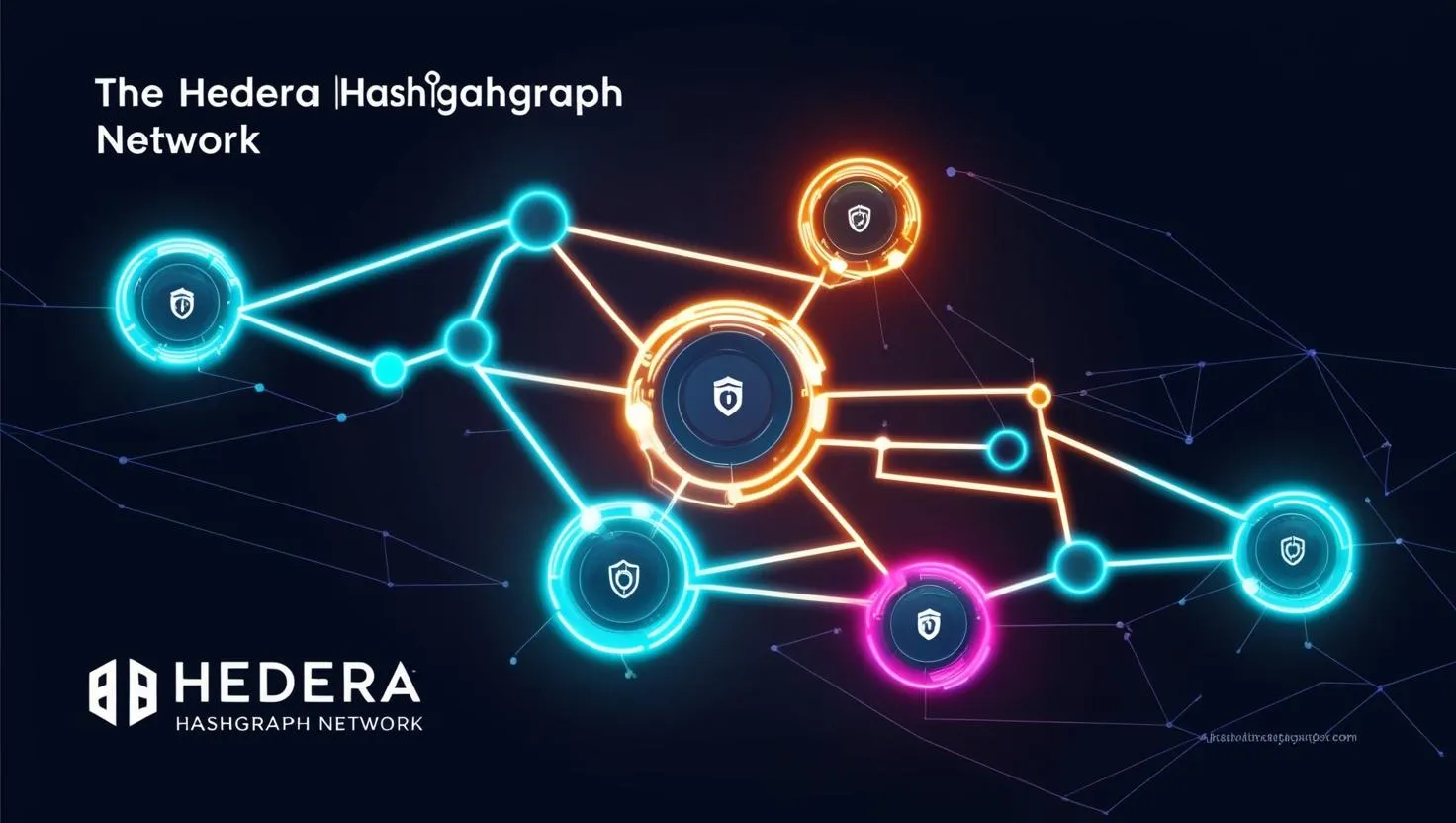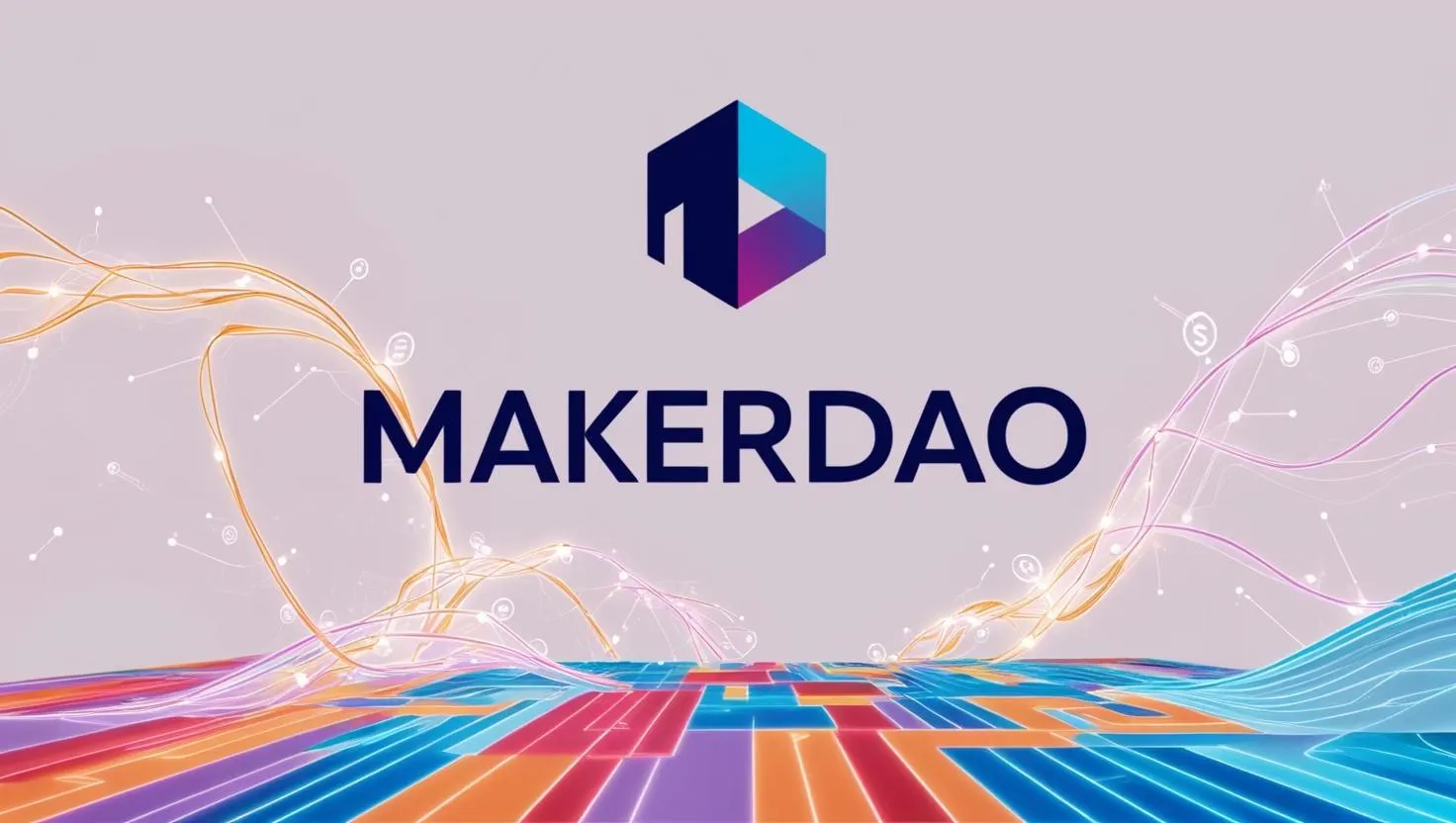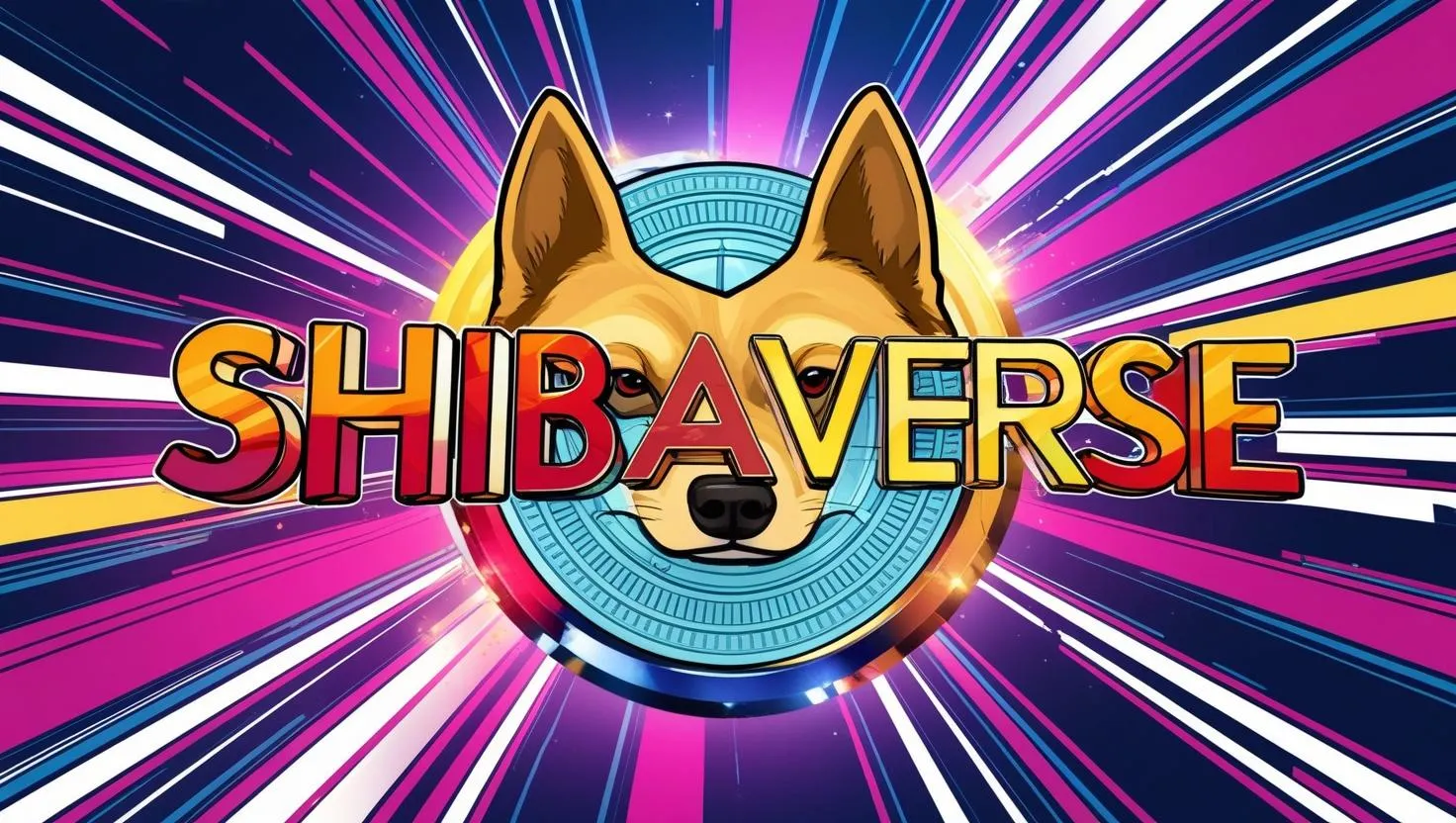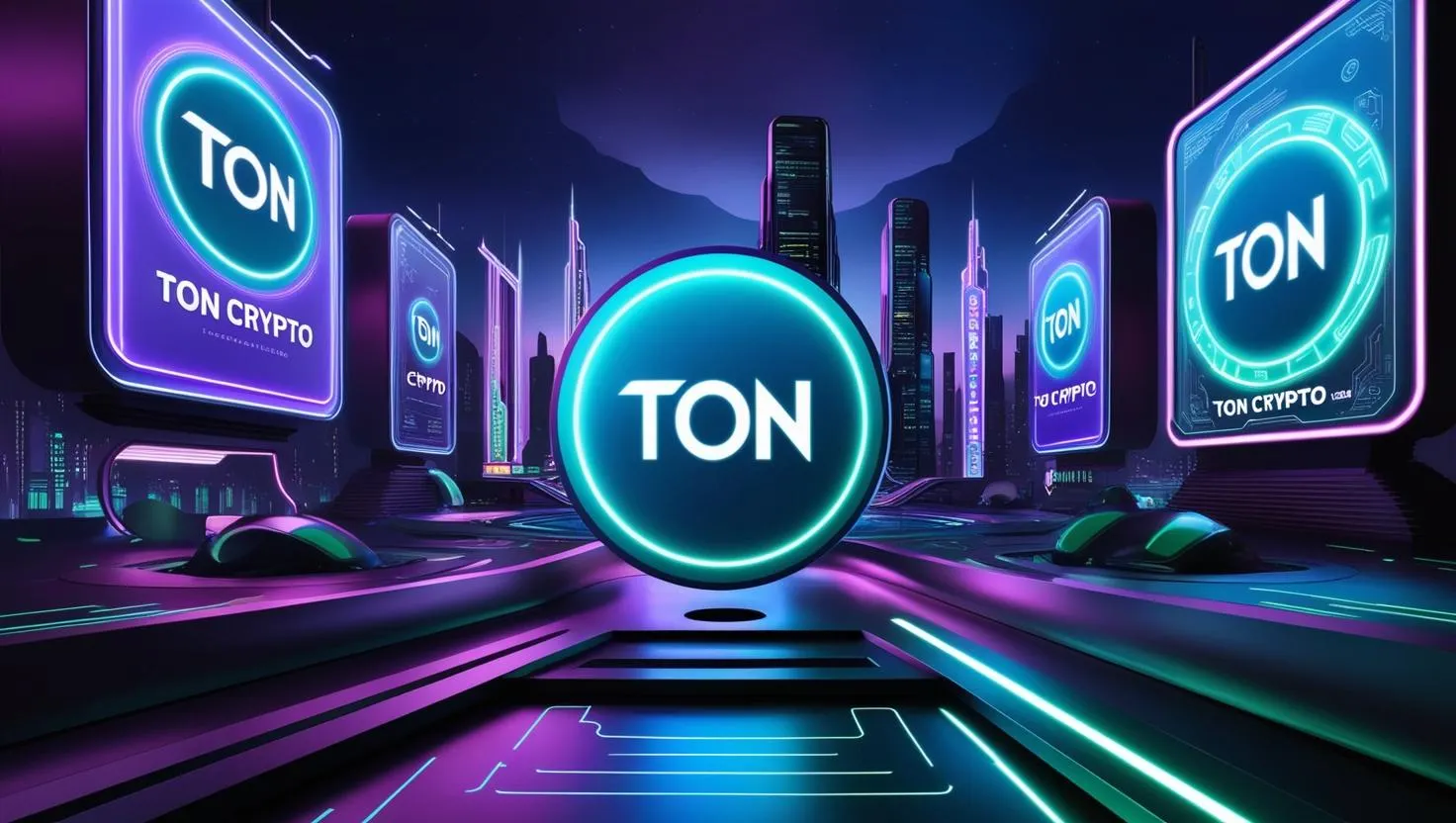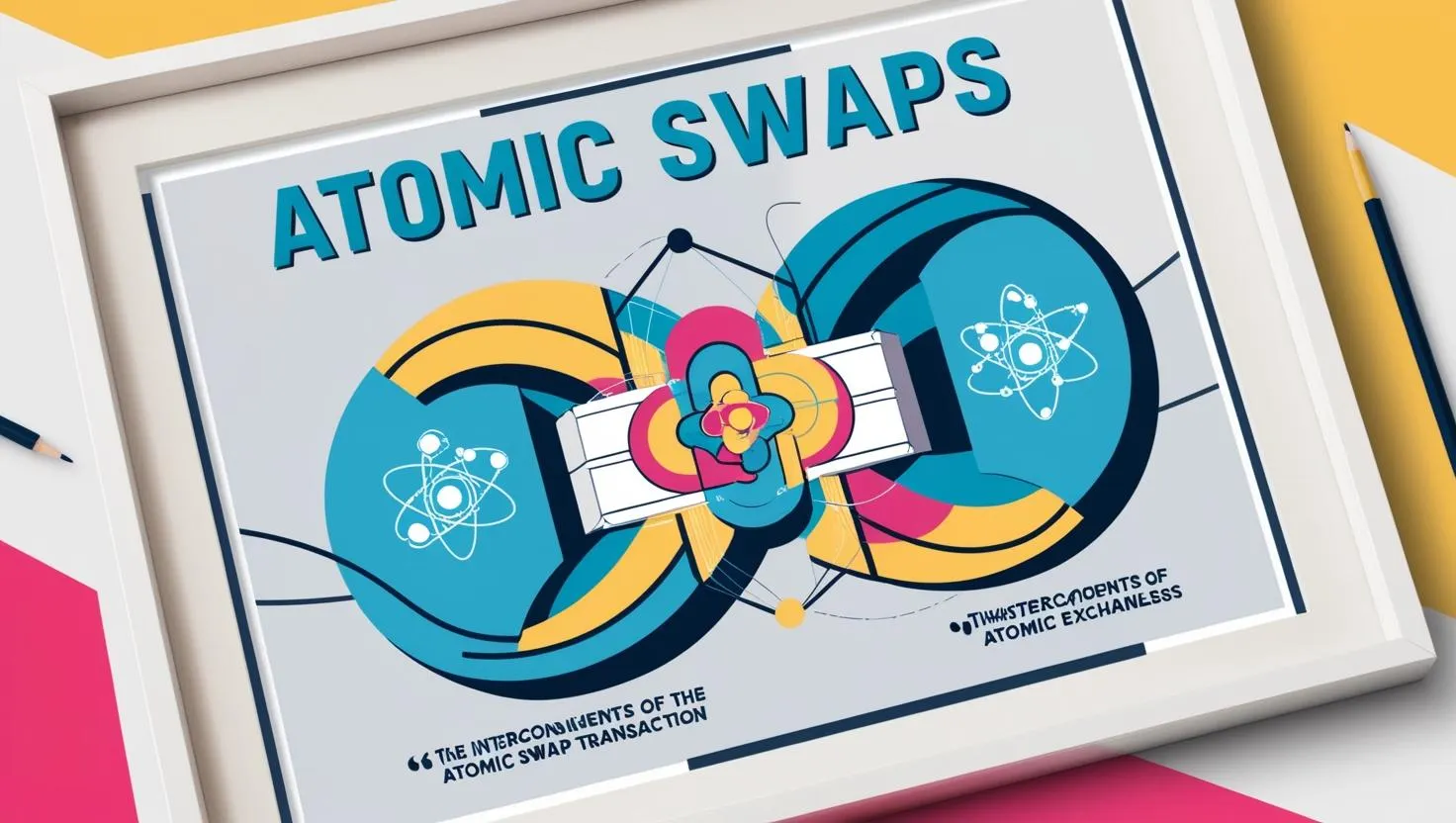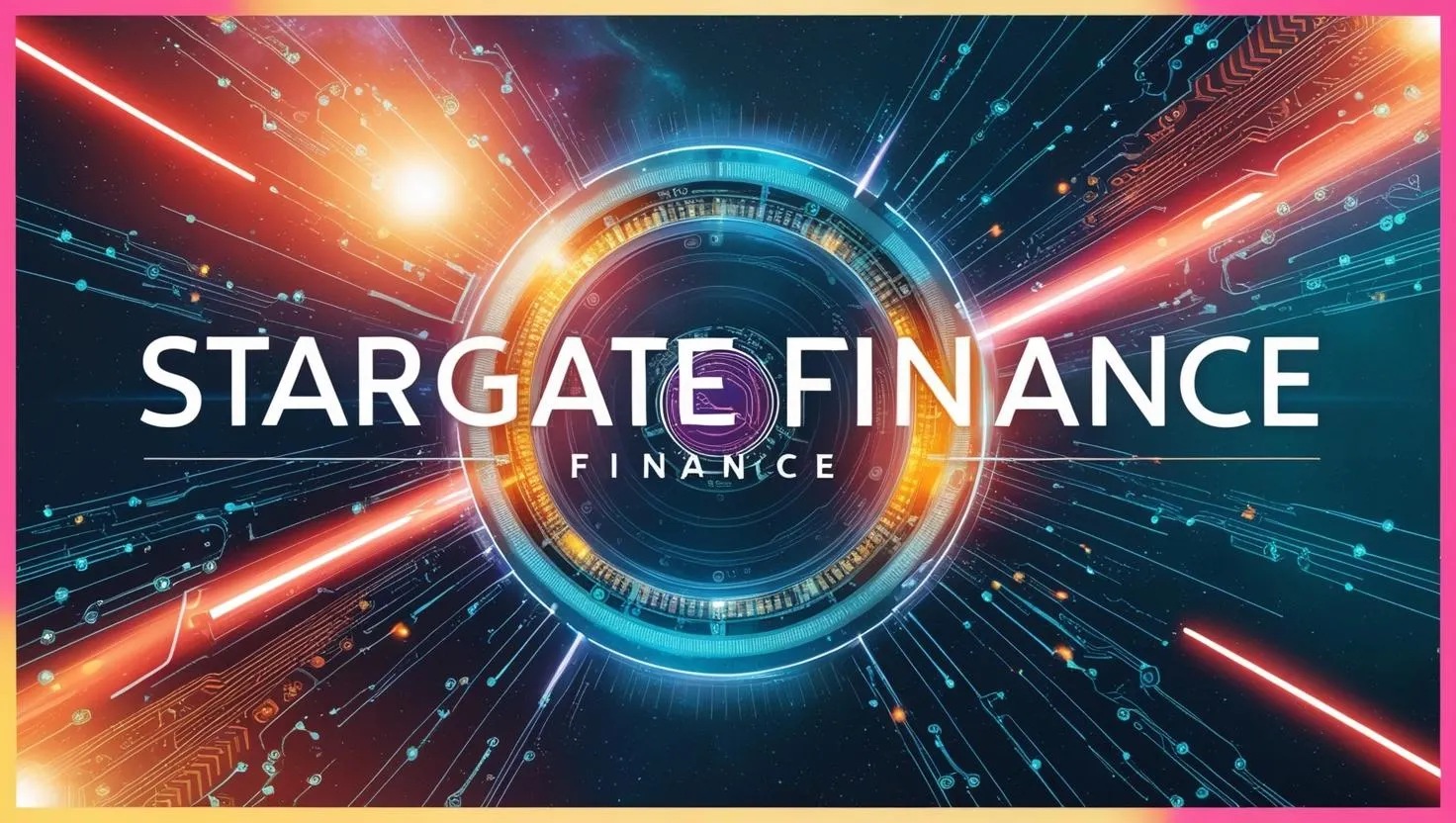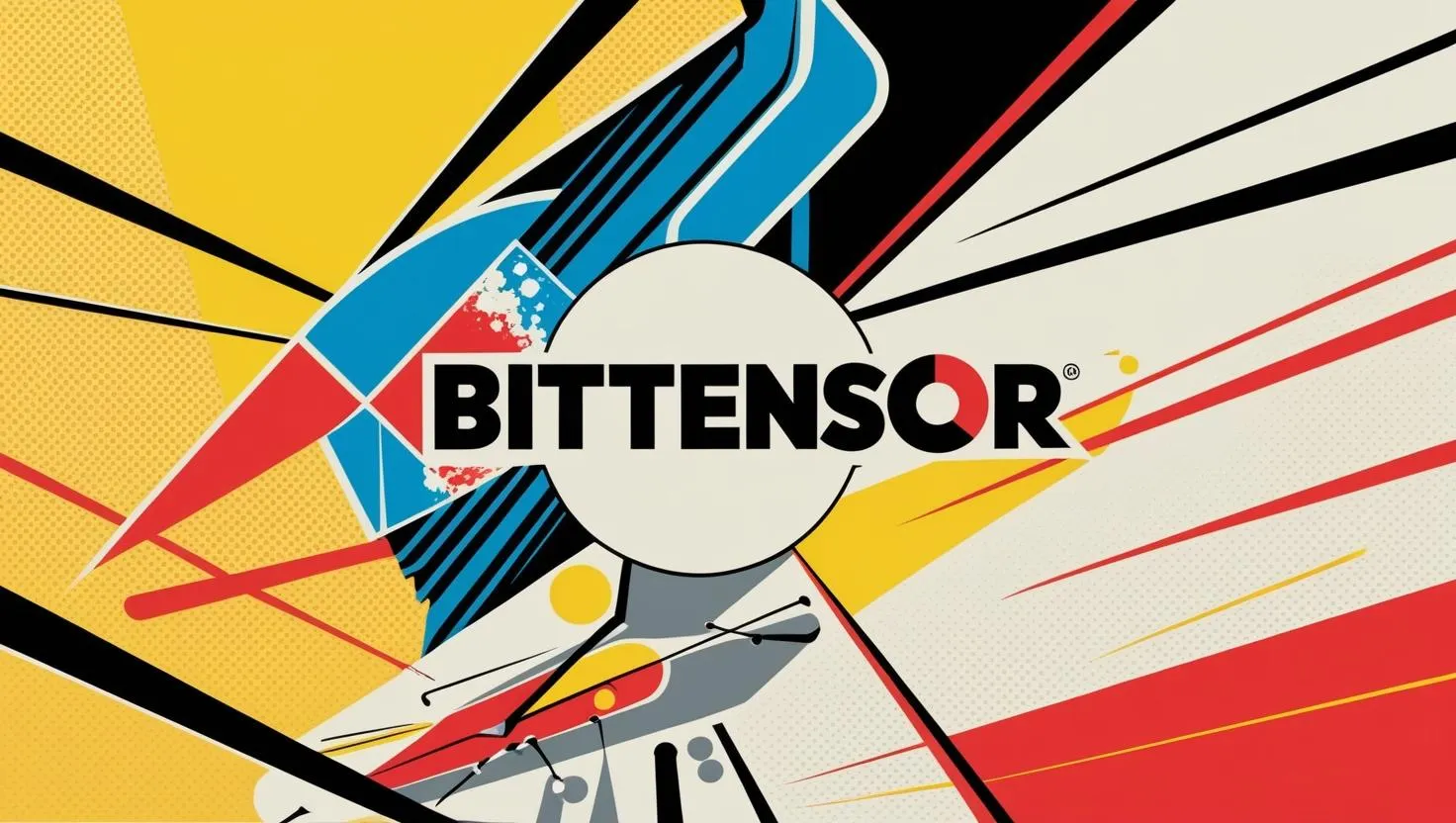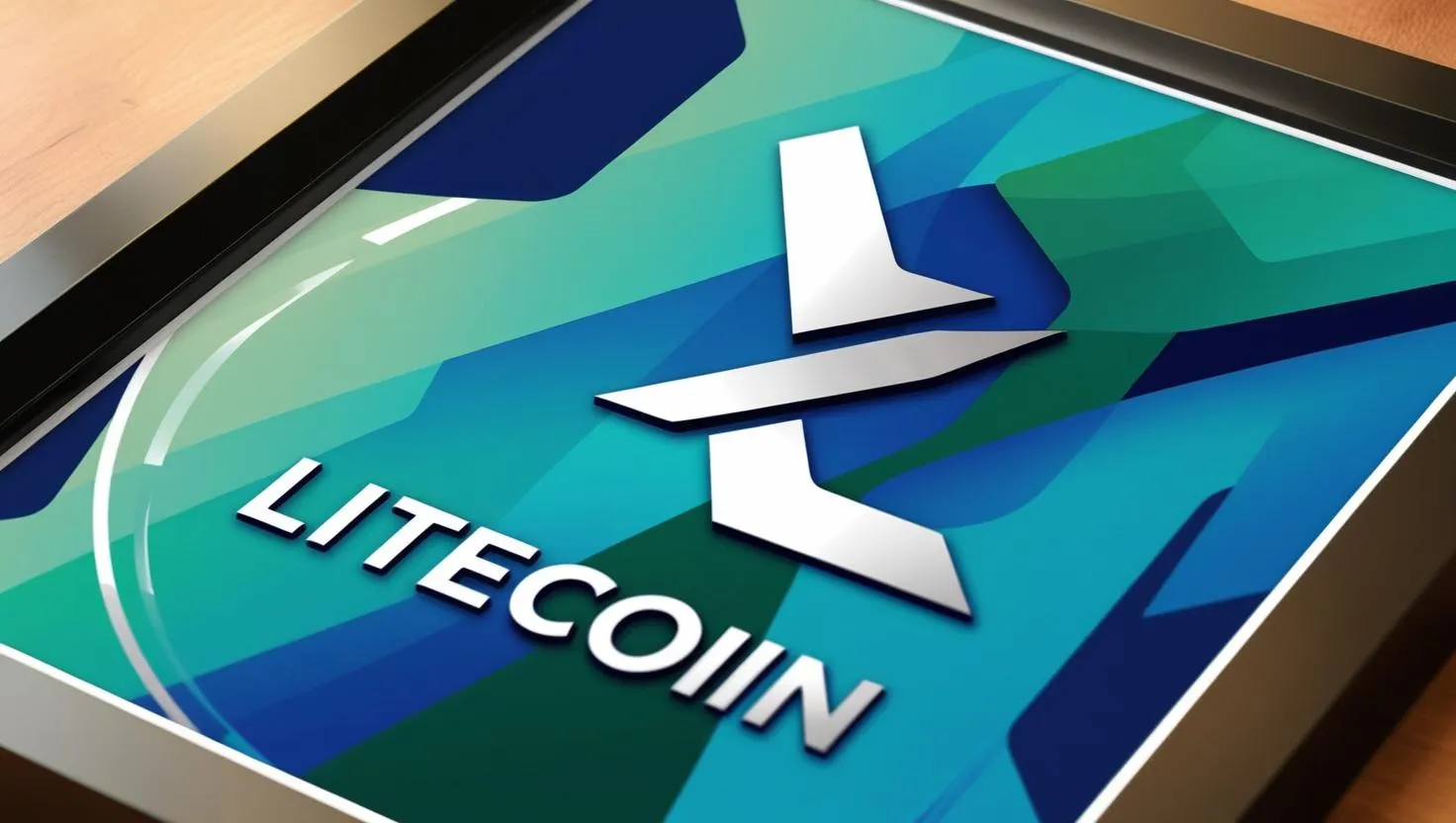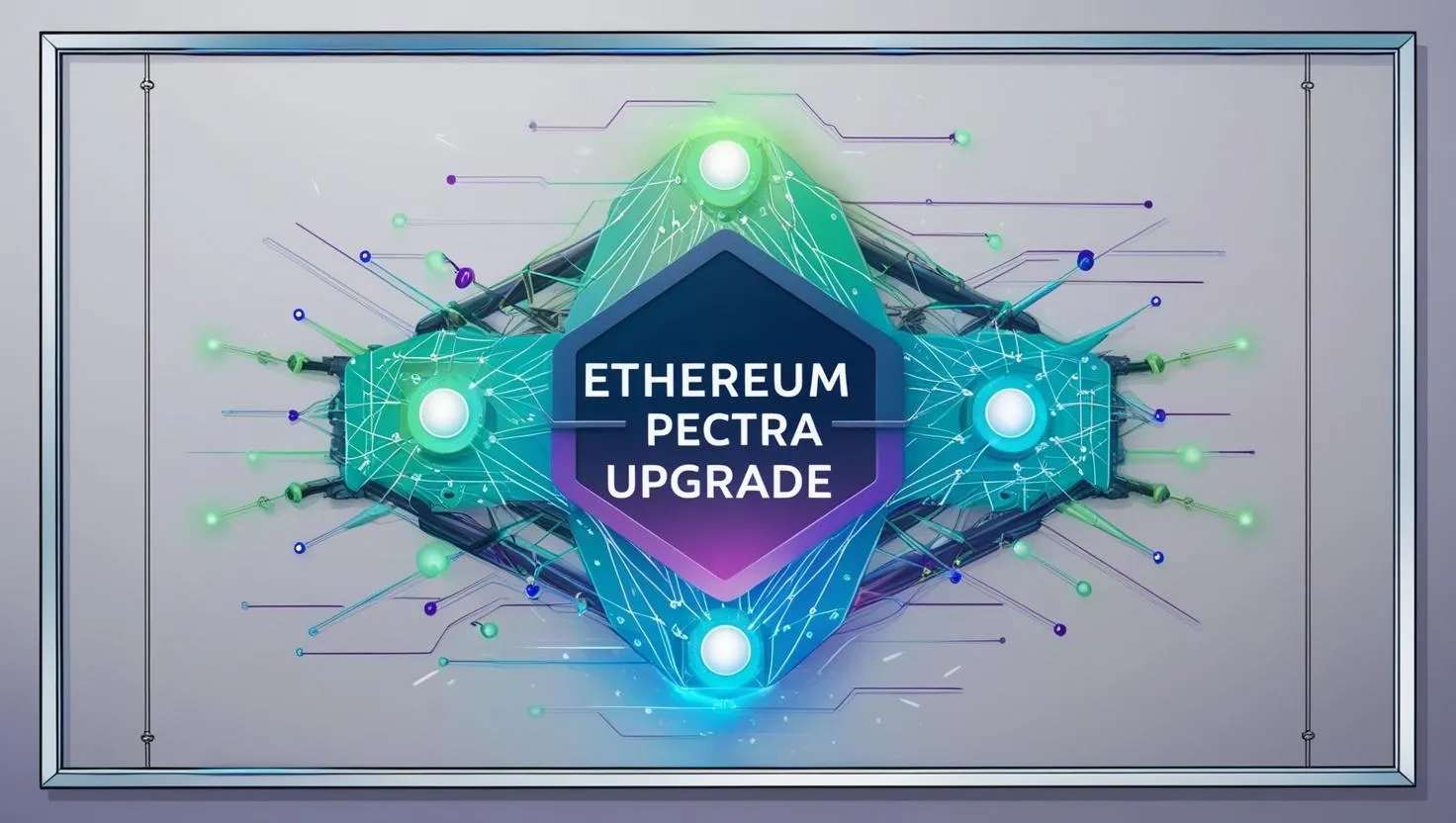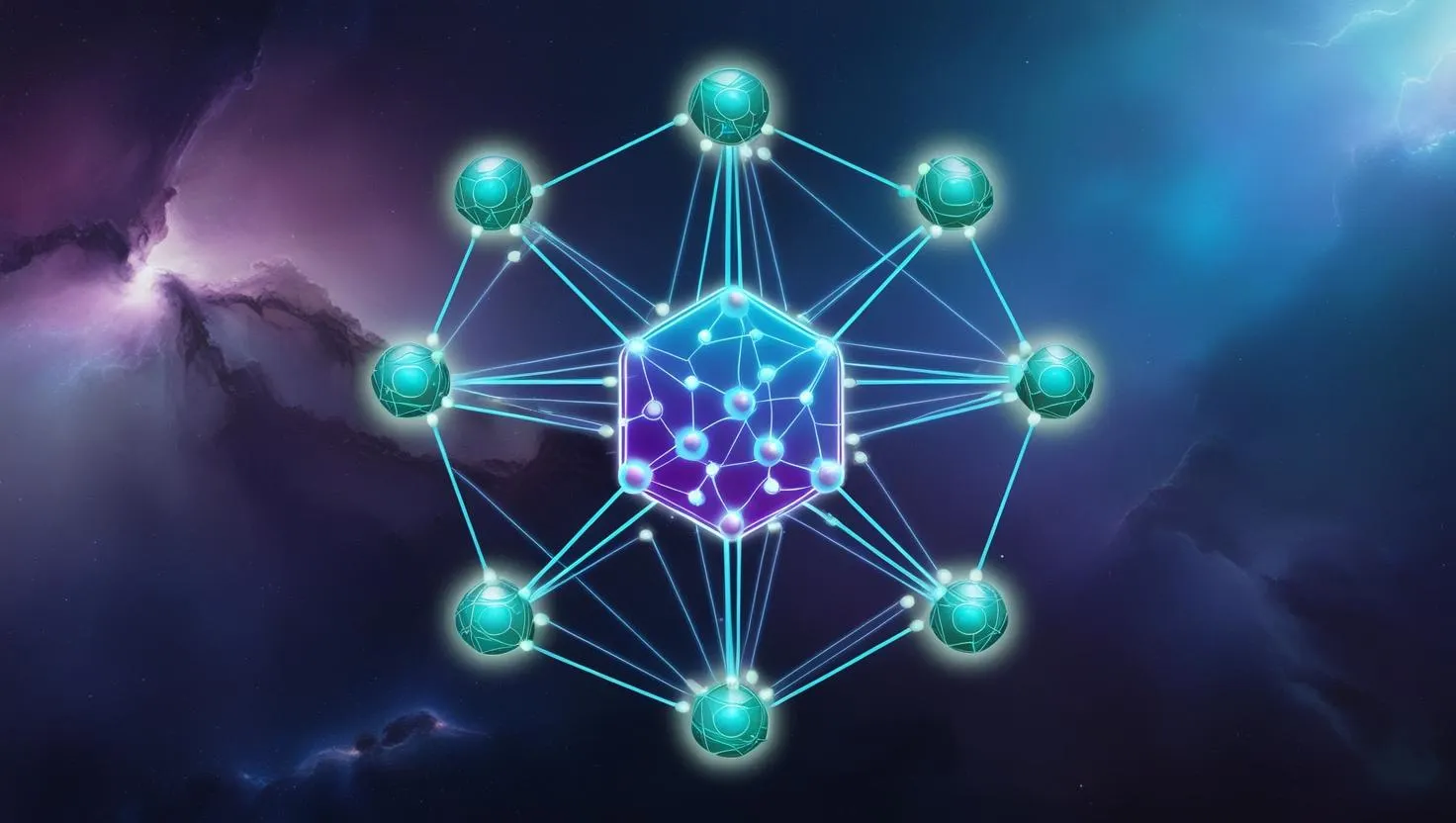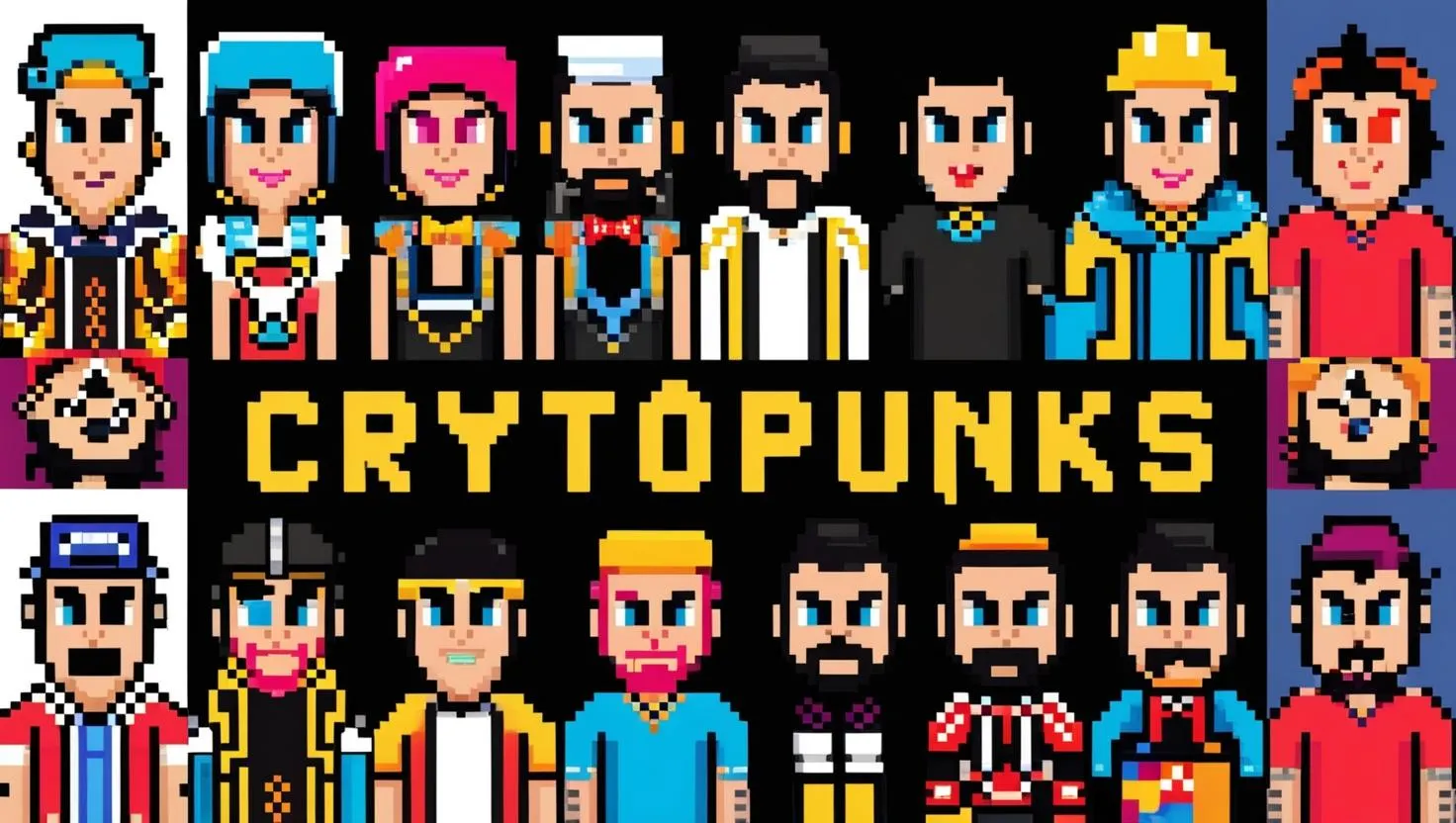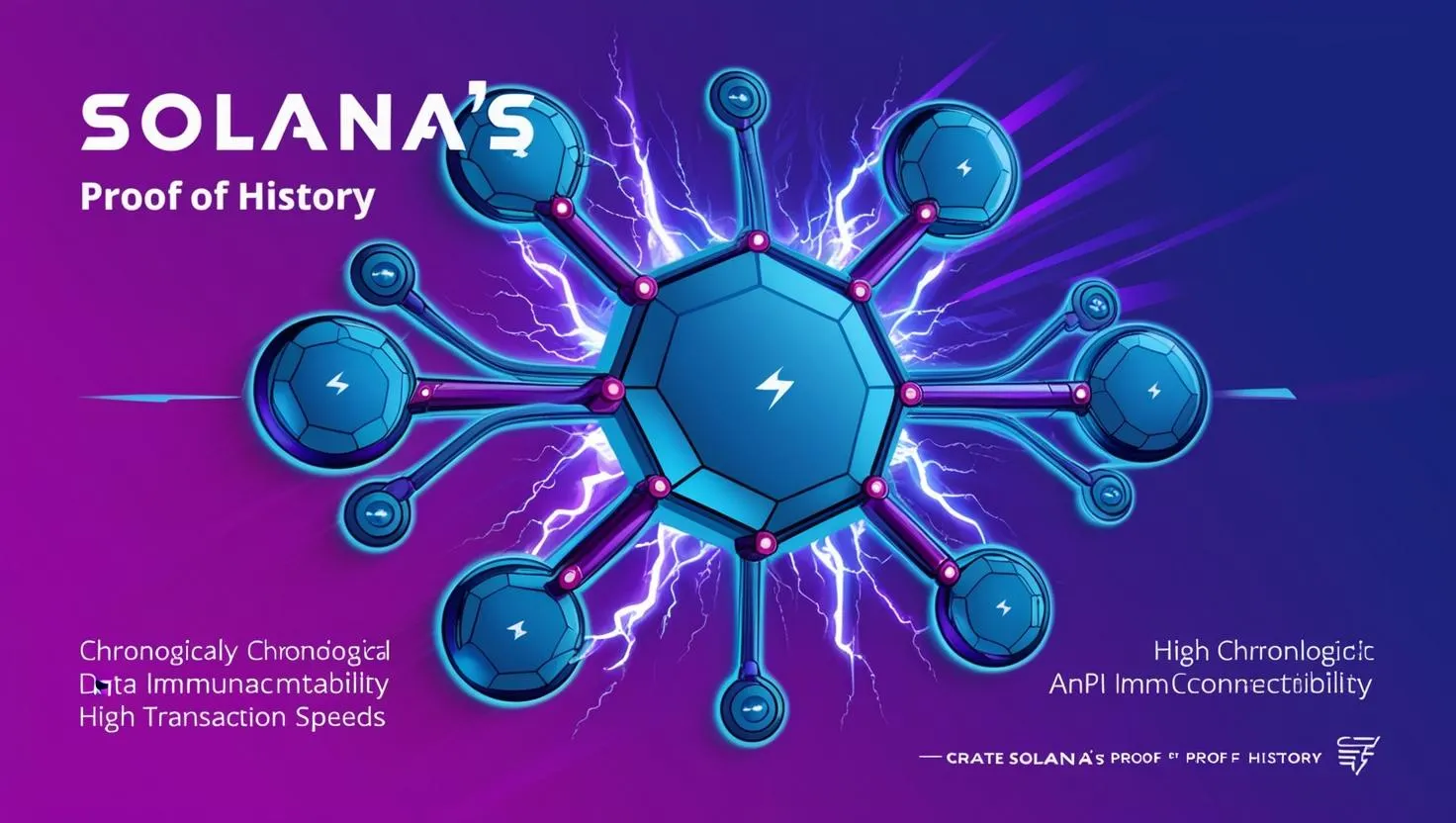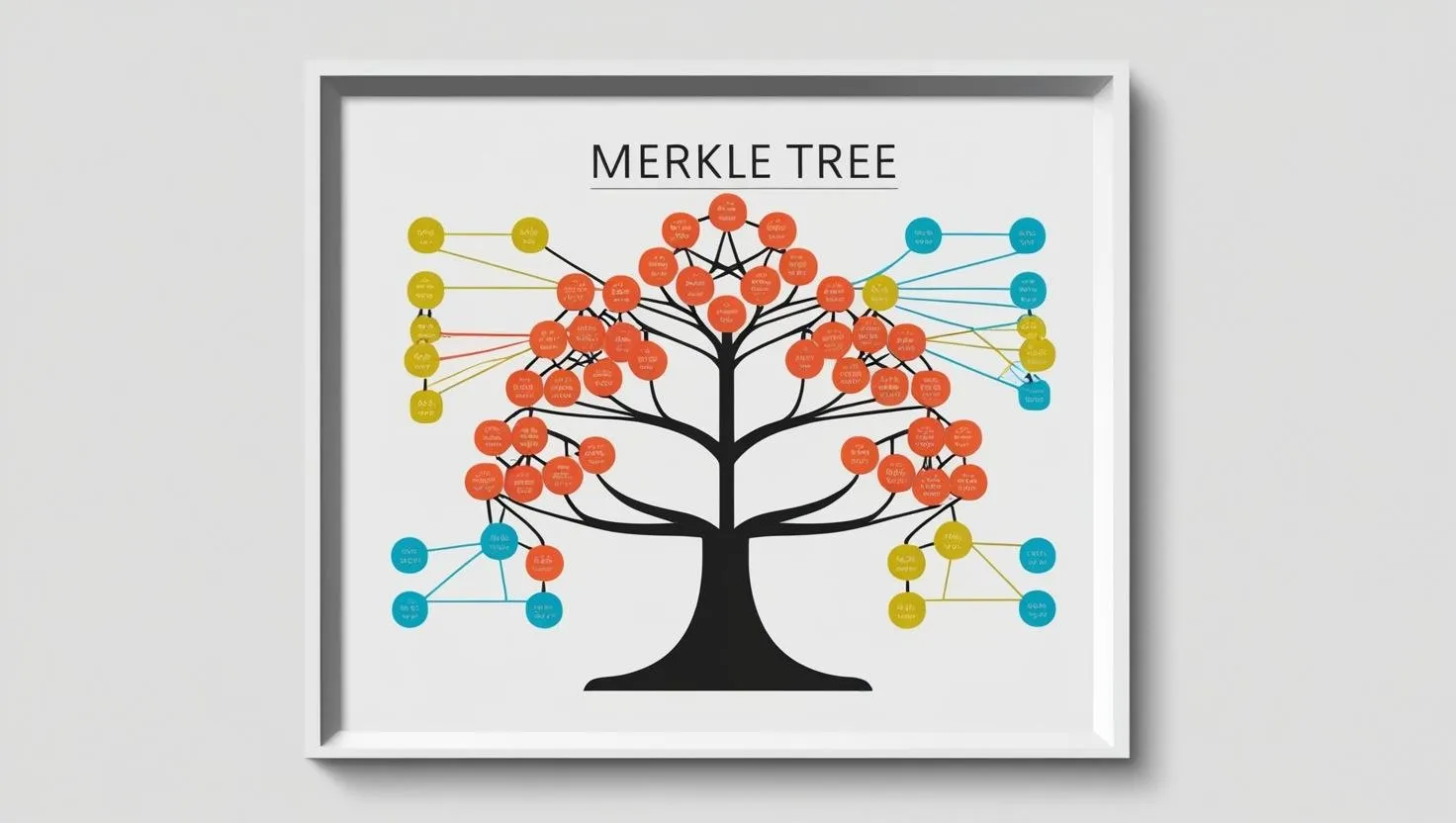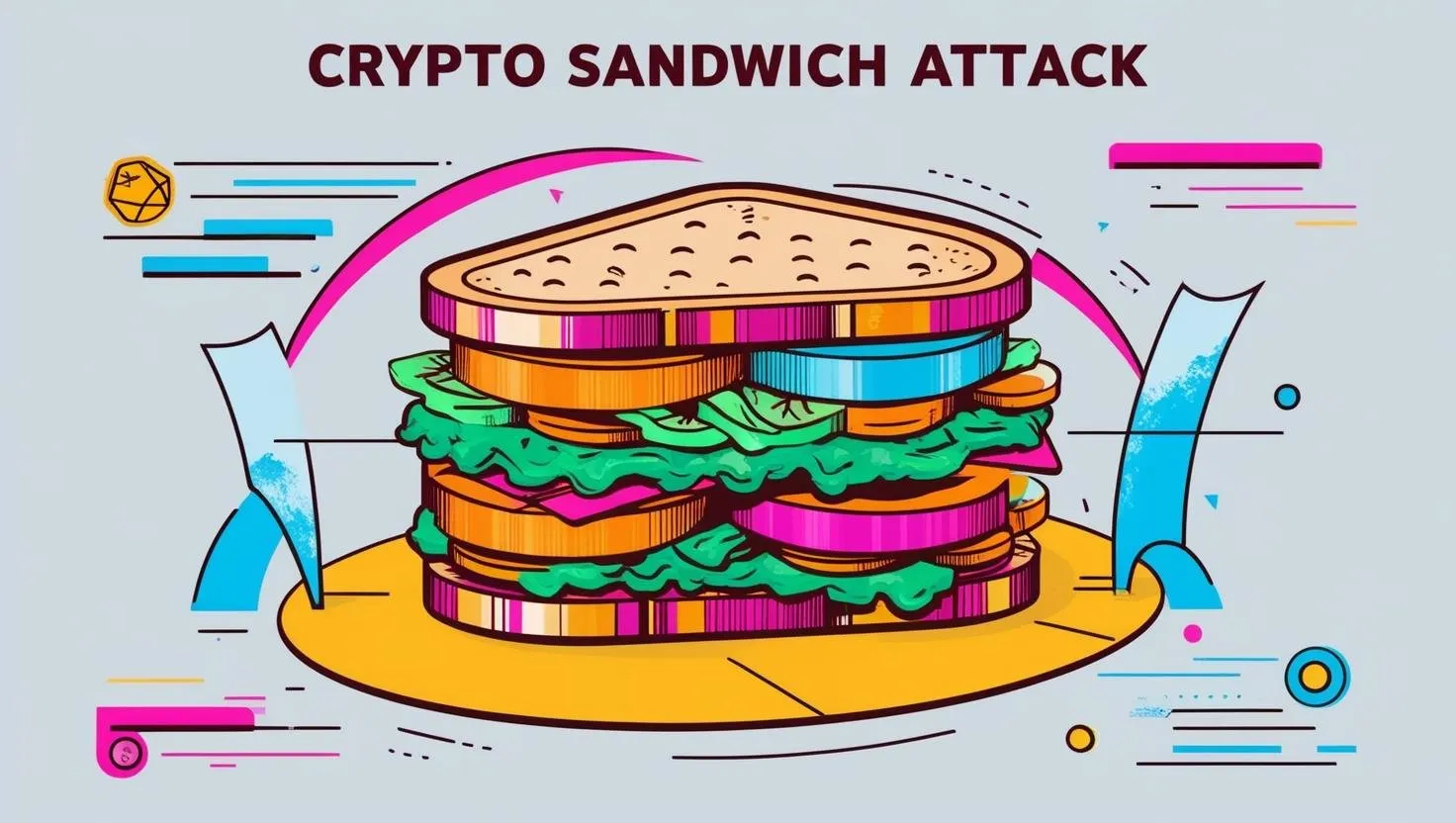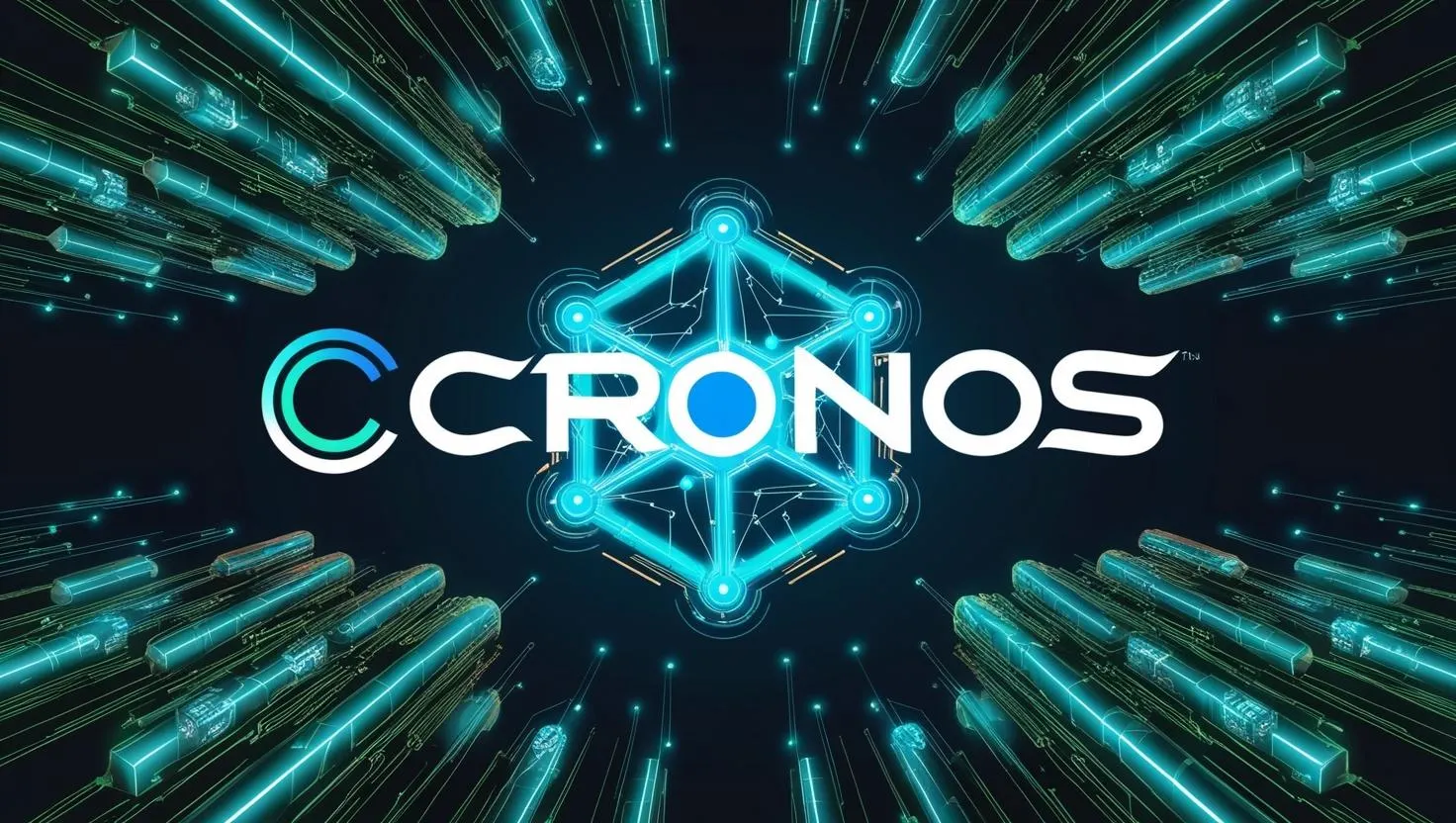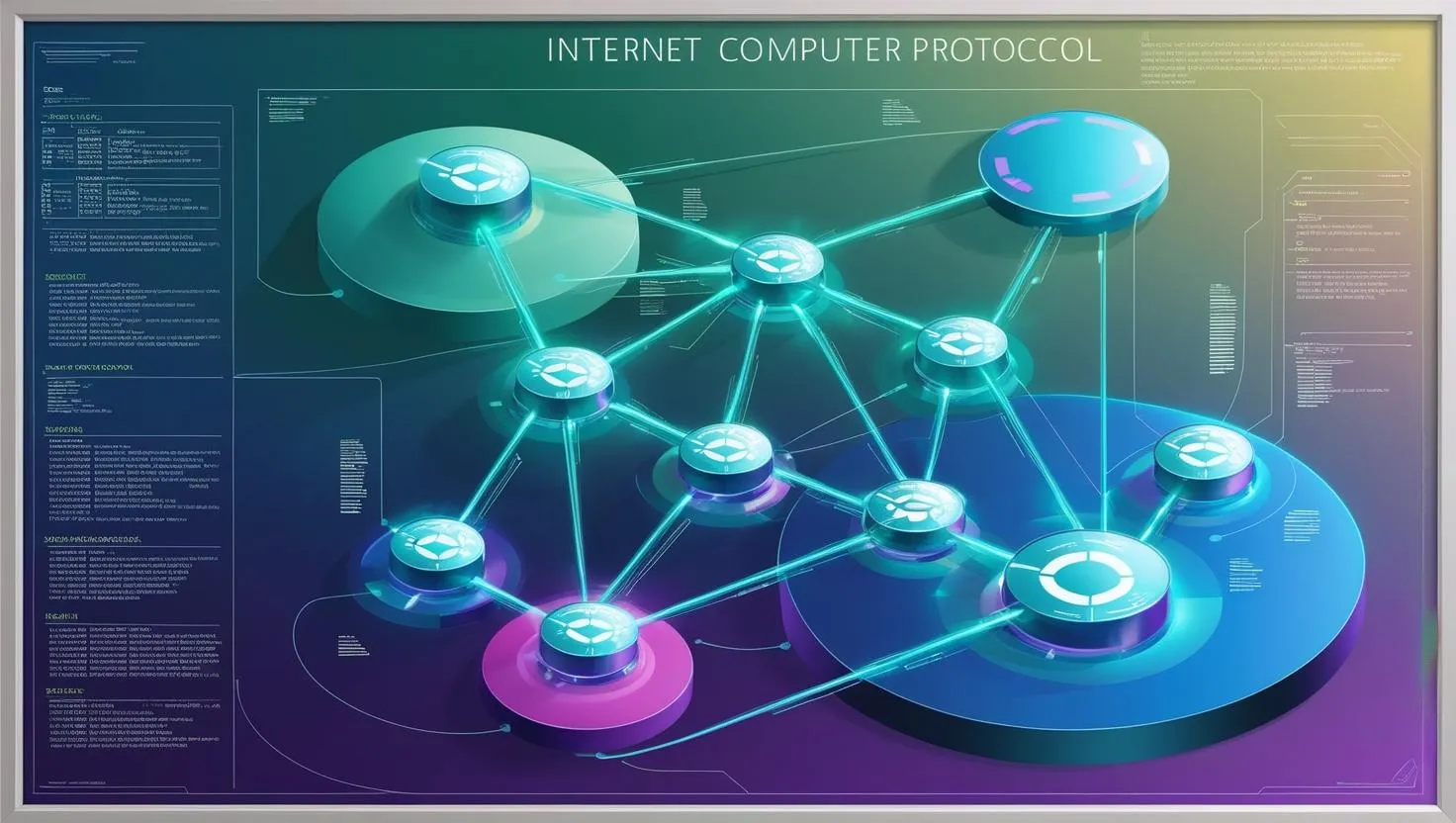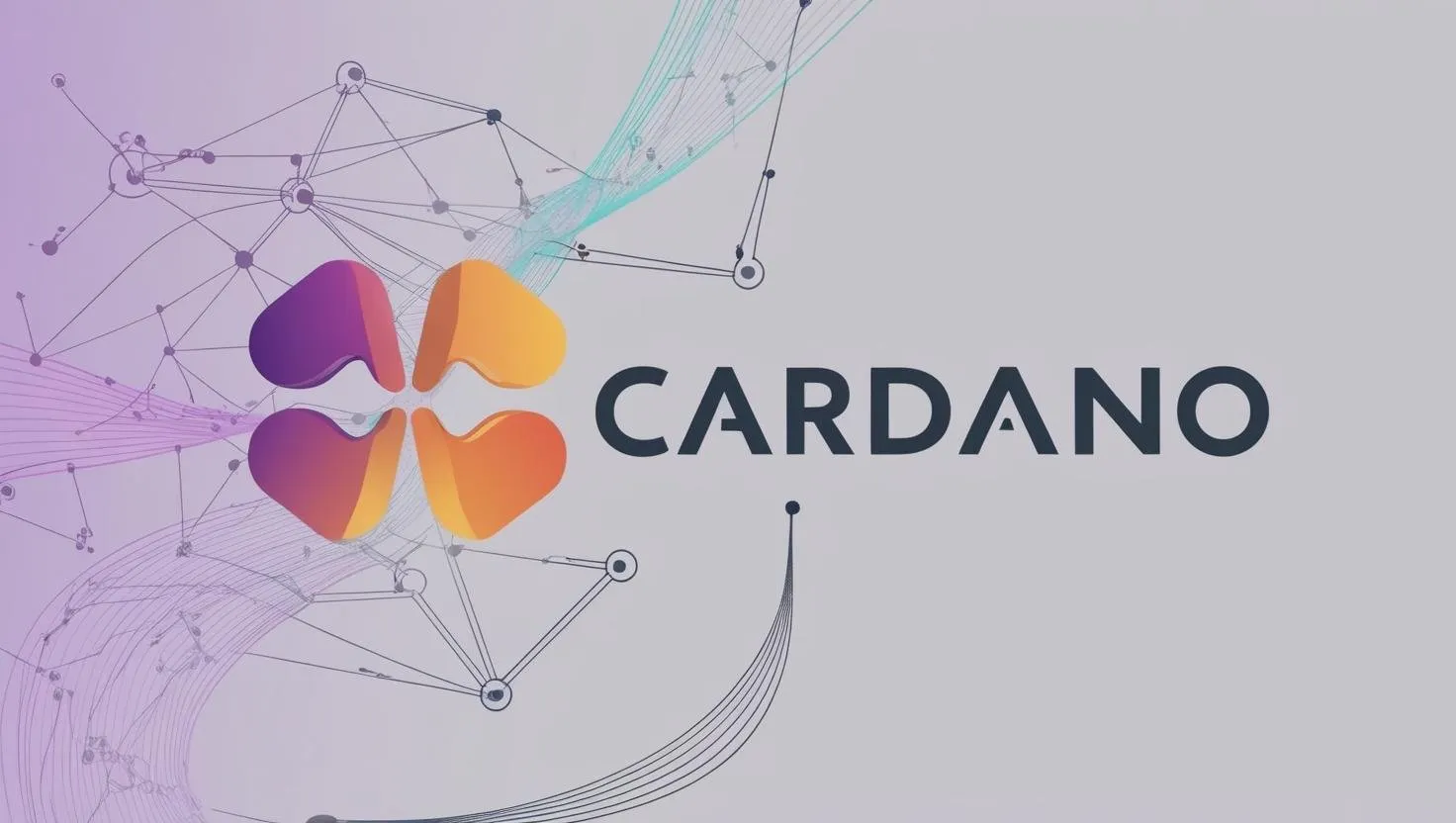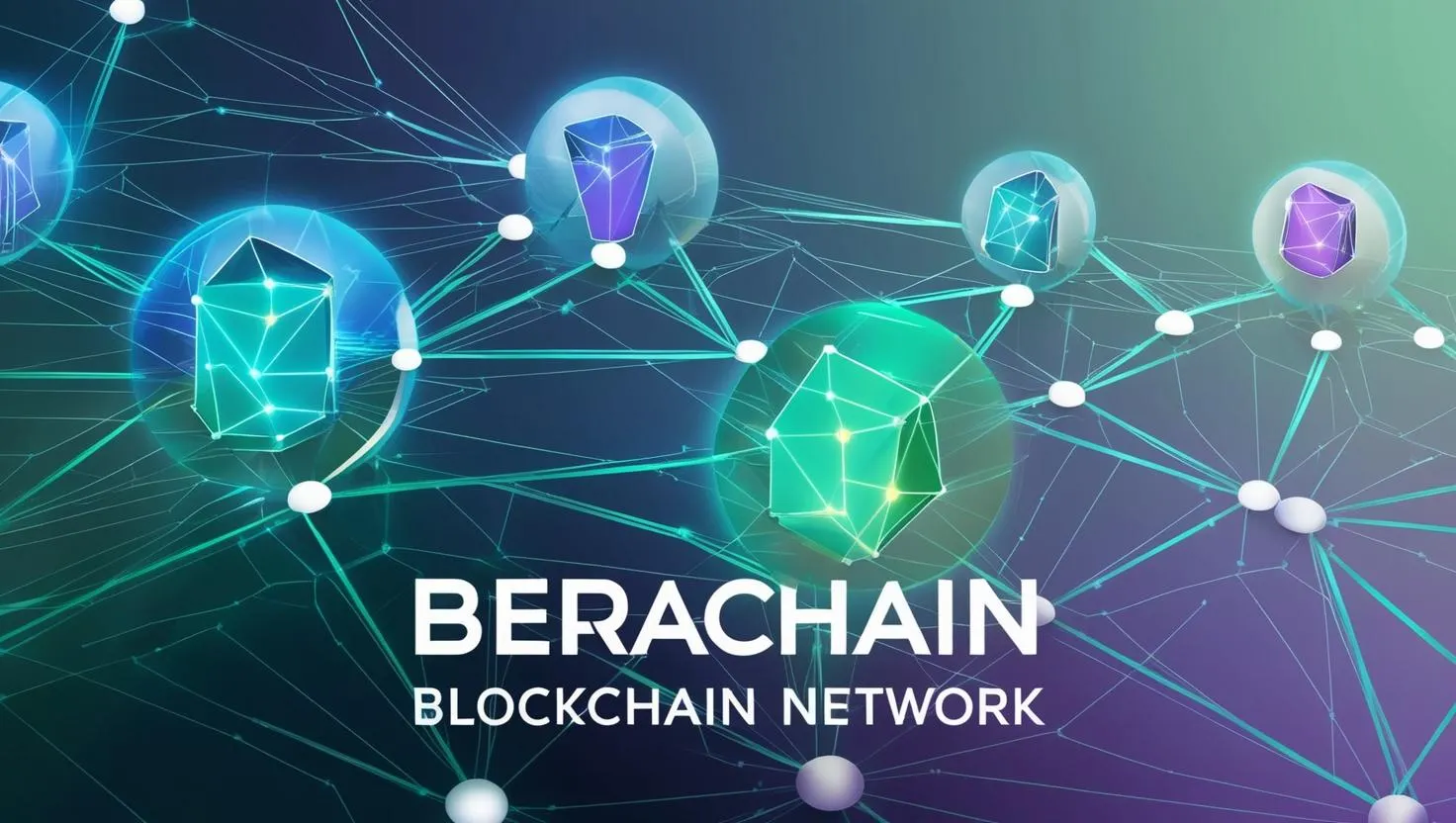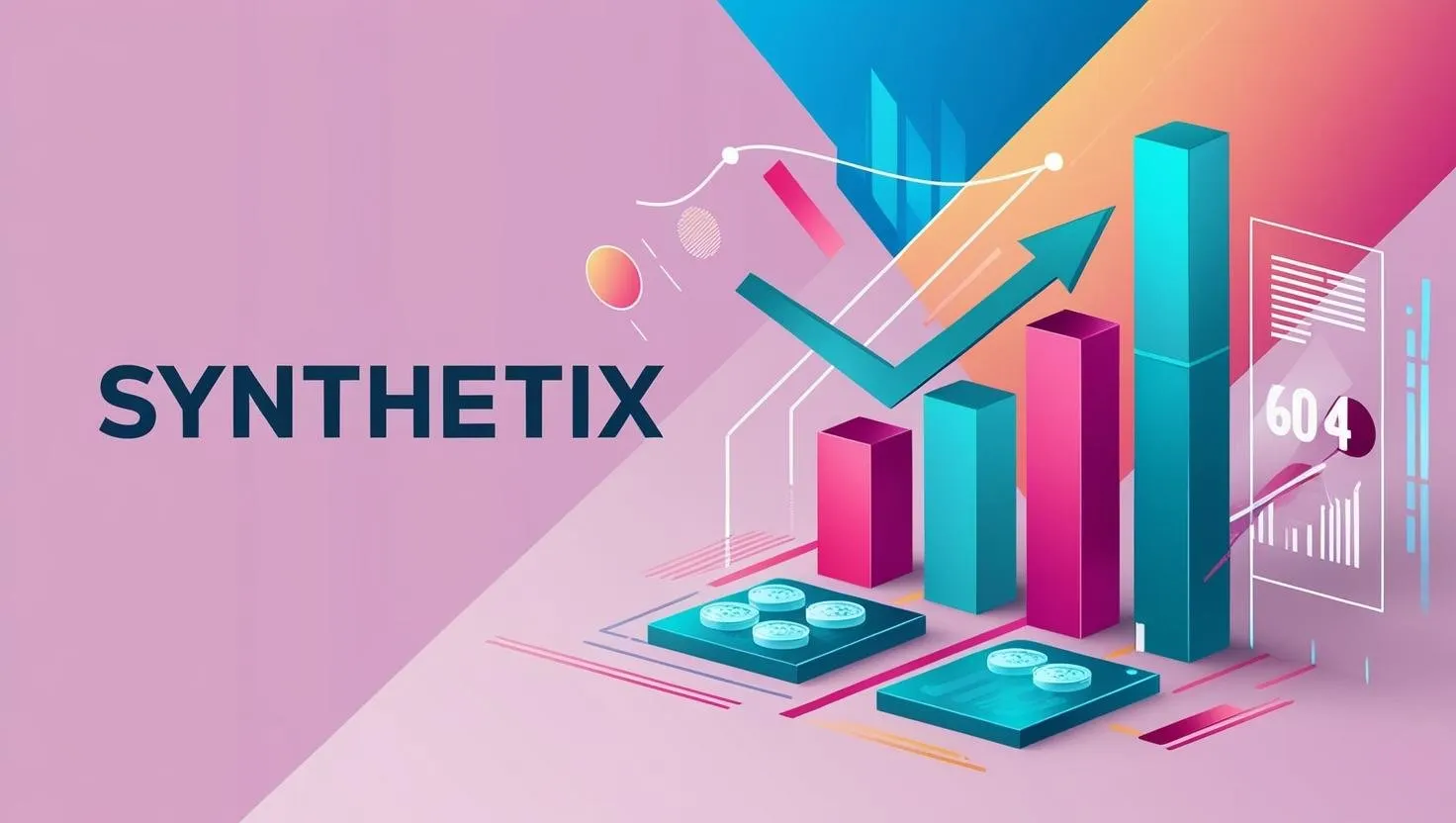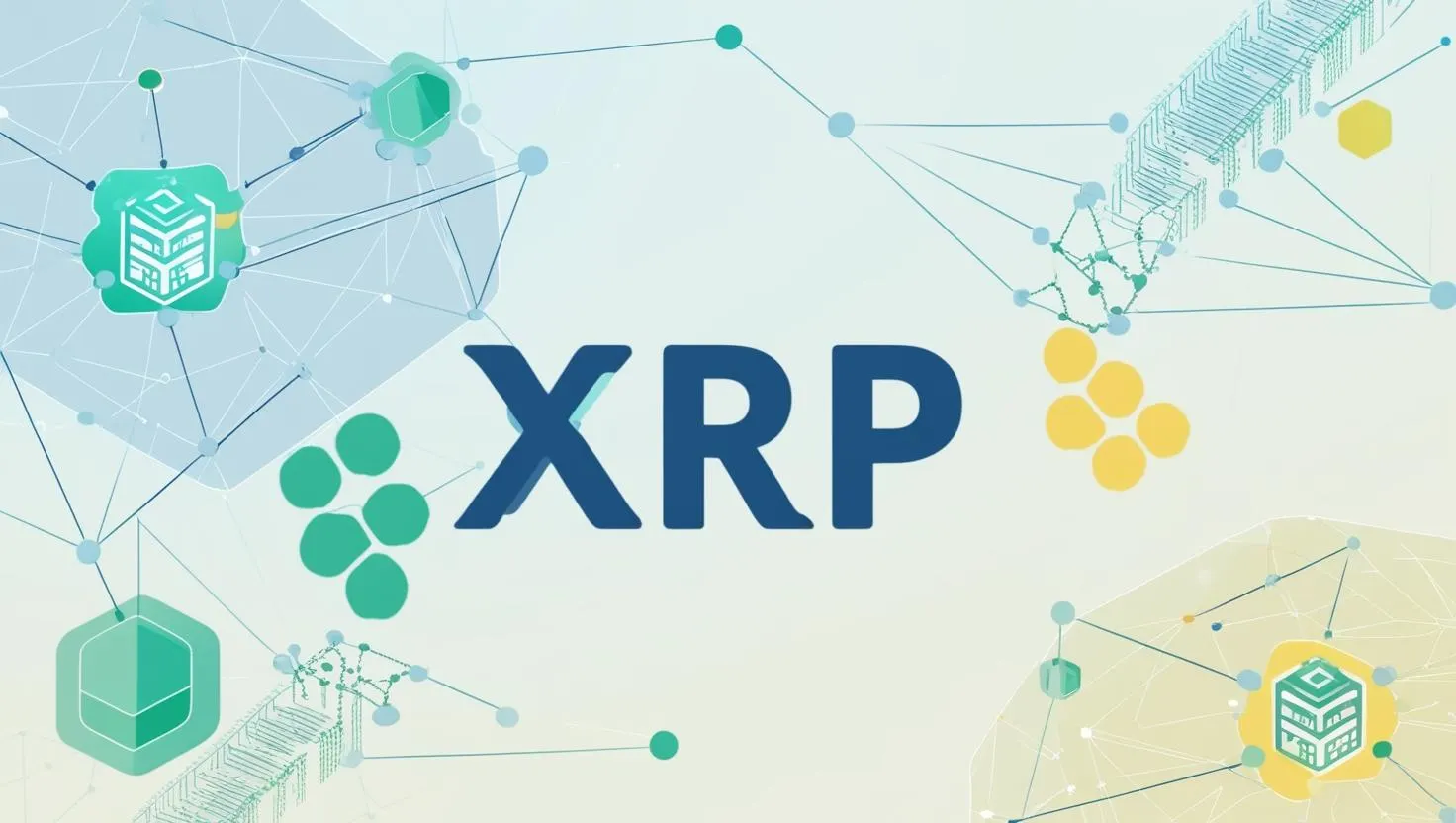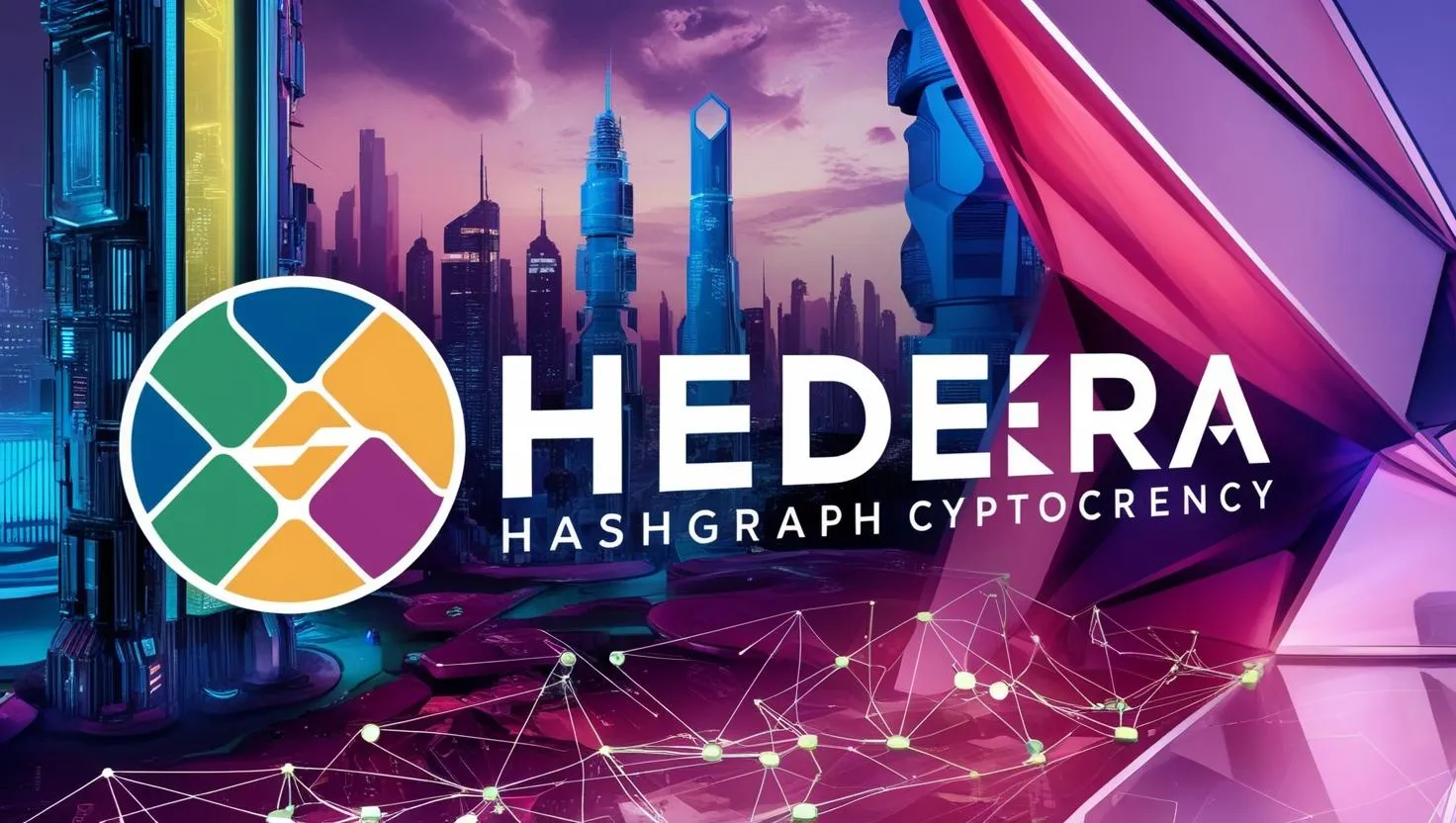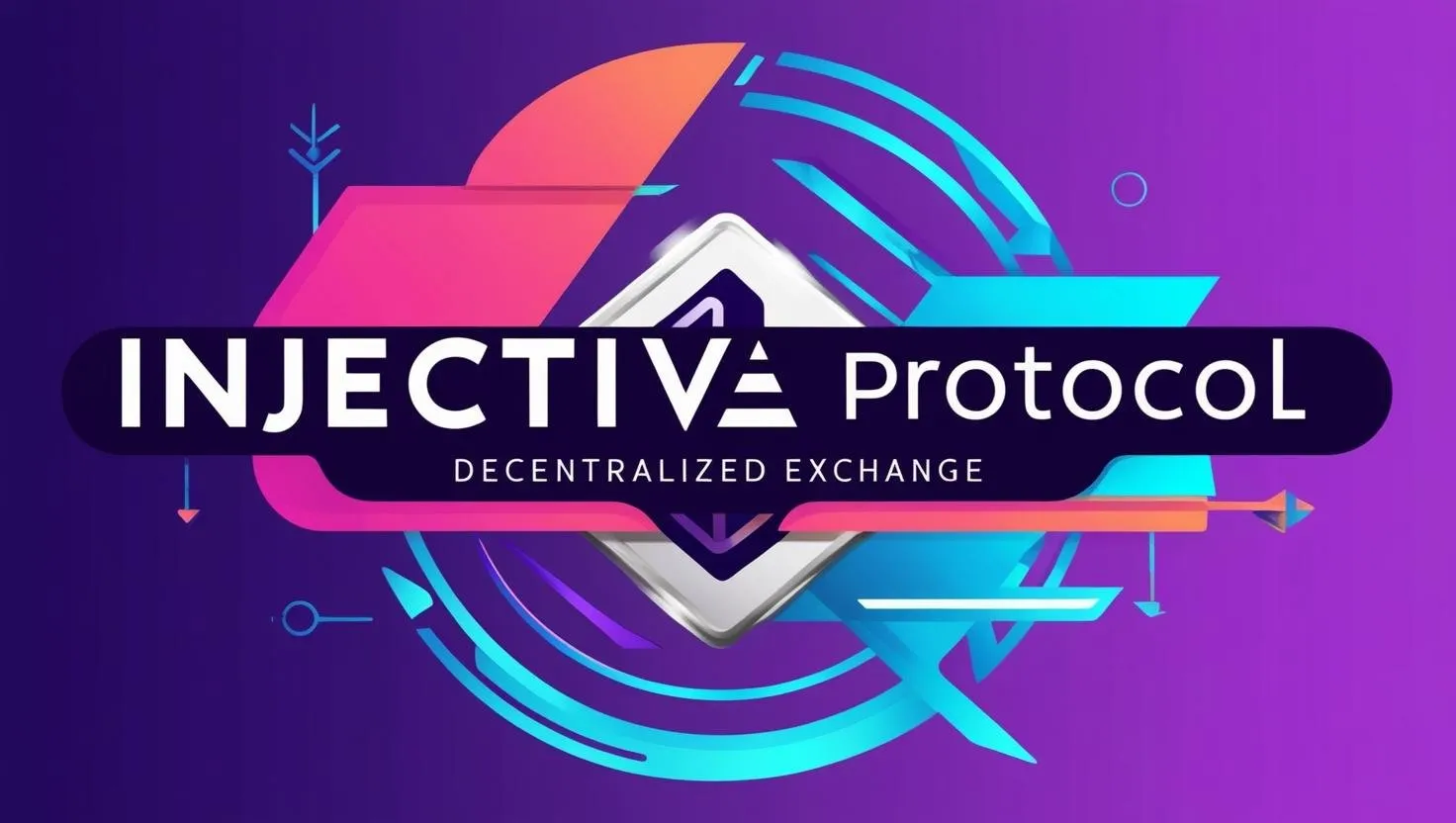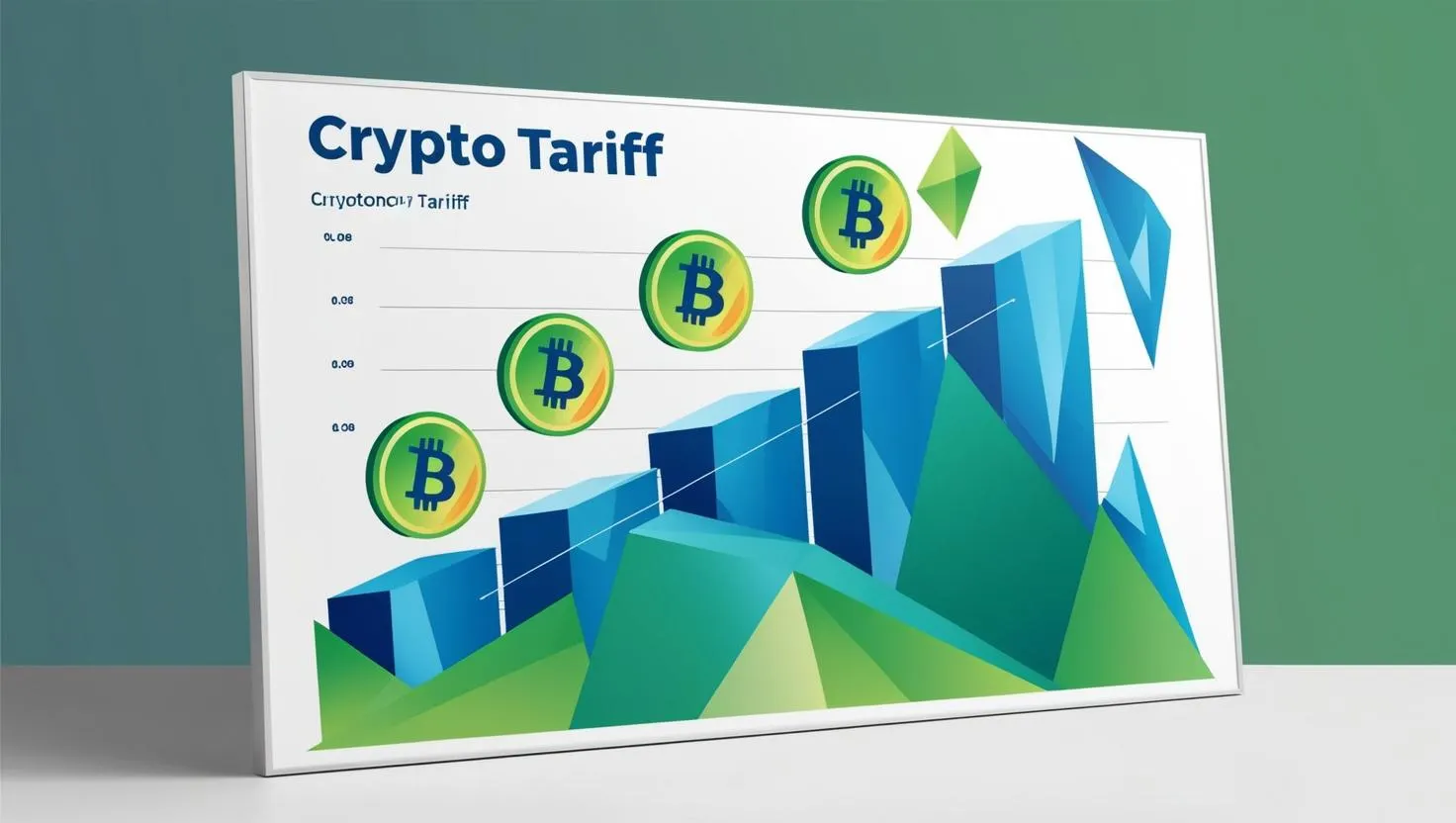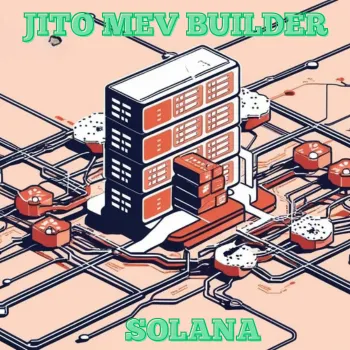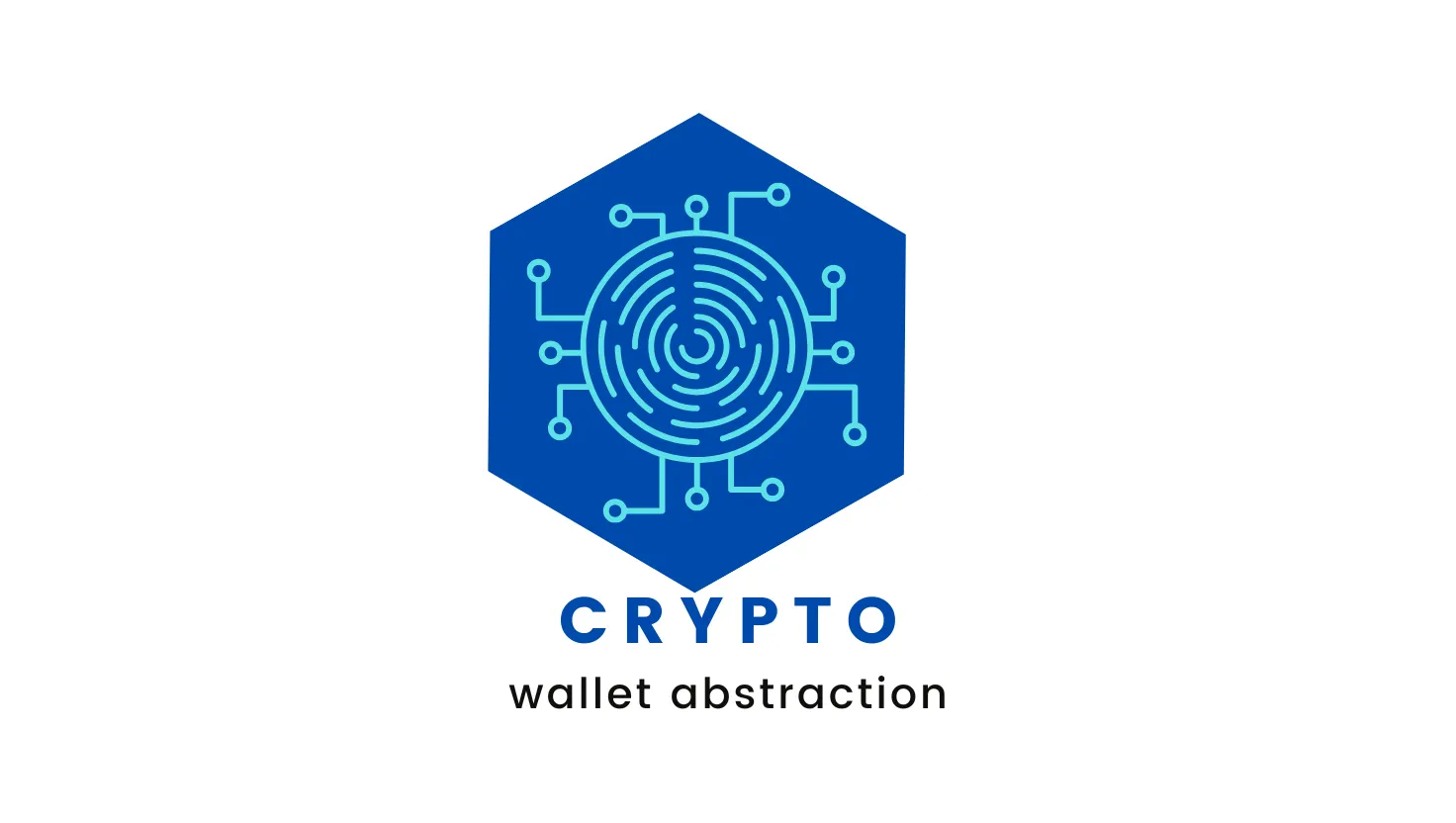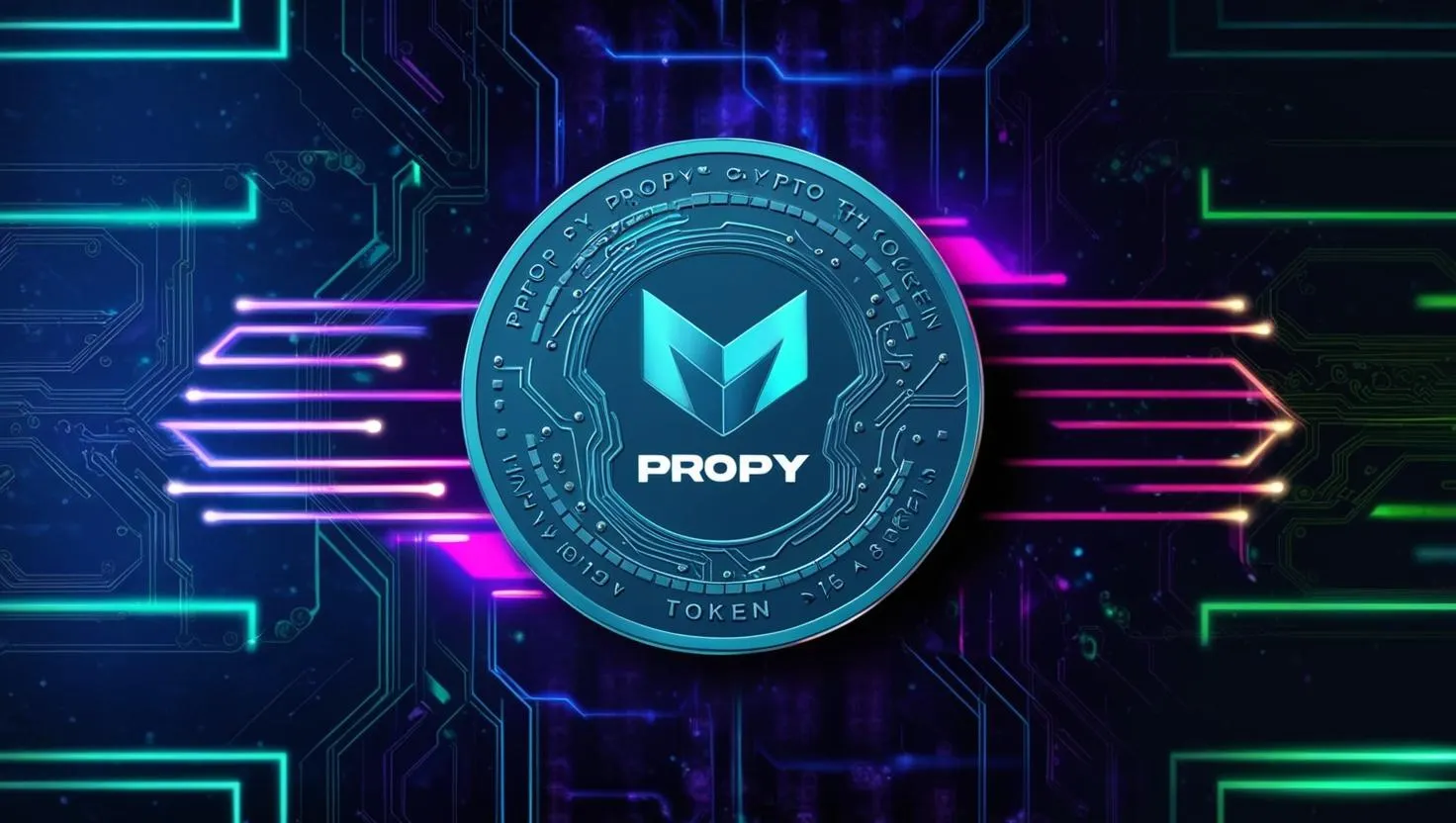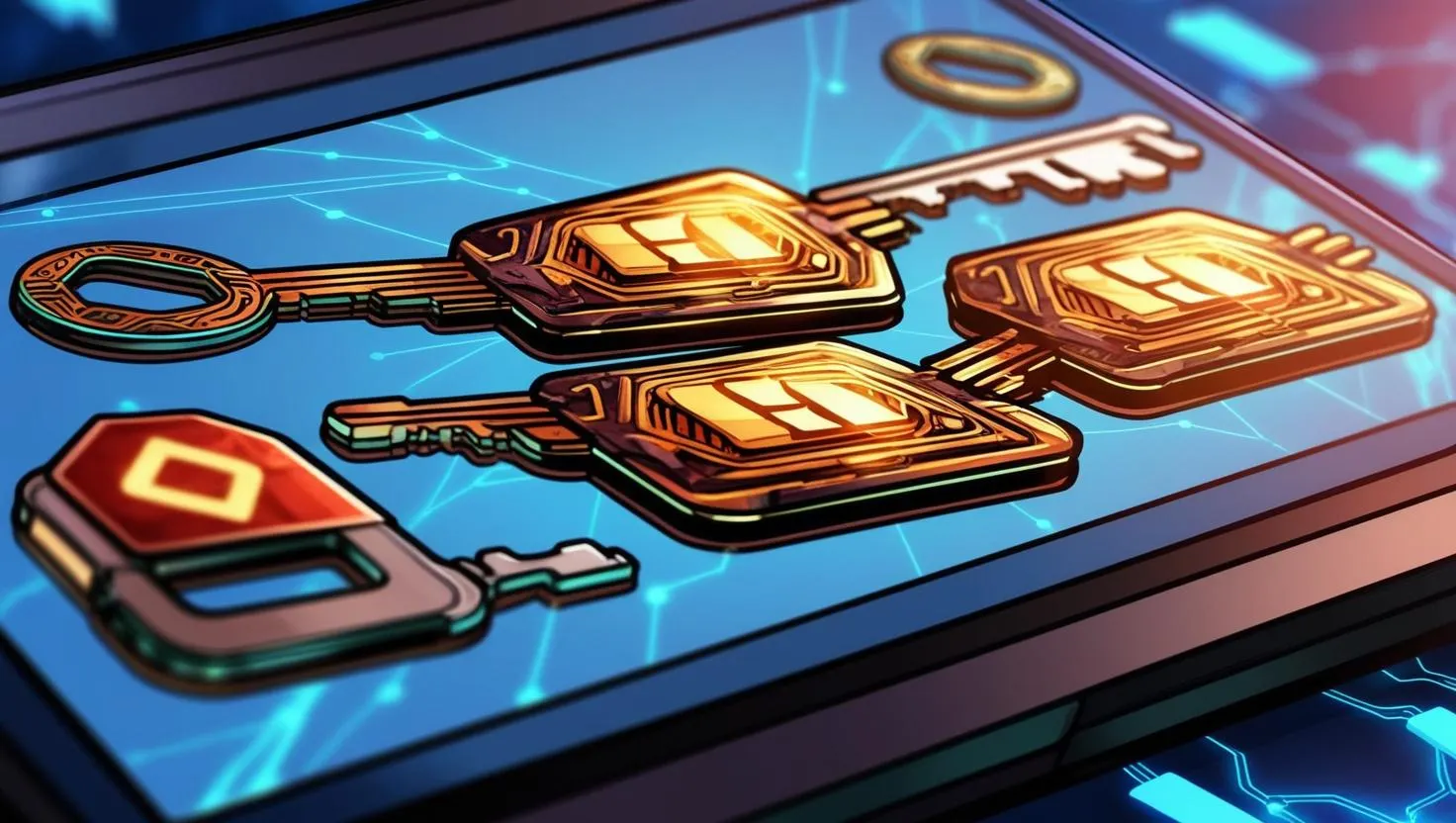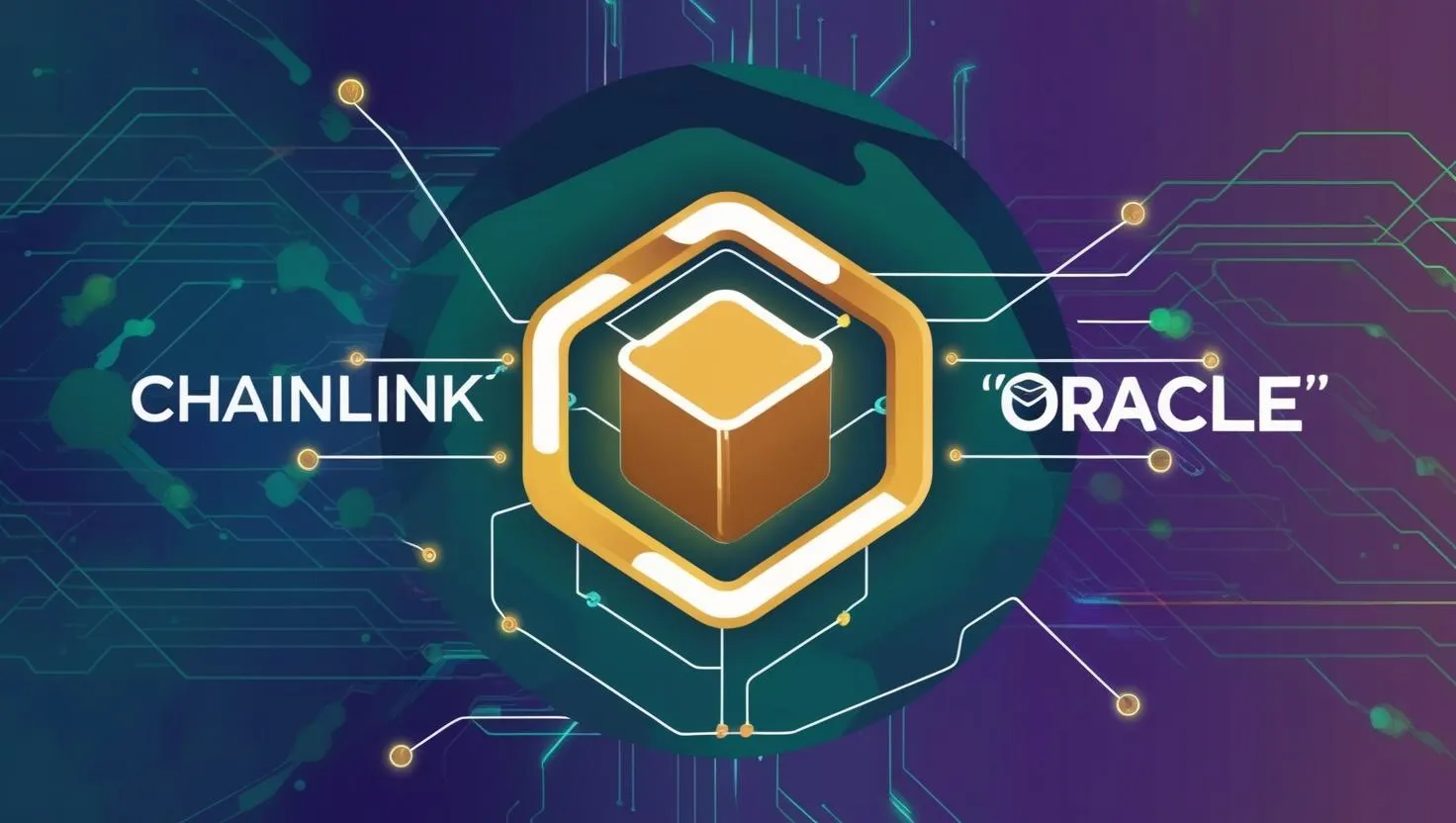The Secret to Solana's Speed: Proof of History
Solana's Proof of History (PoH) is a novel consensus mechanism that aims to improve the efficiency and scalability of blockchain networks. Here's a detailed explanation:
Traditional Blockchain Limitations
Traditional blockchains like Bitcoin and Ethereum use consensus mechanisms like Proof of Work (PoW) or Proof of Stake (PoS) to validate transactions and secure the network. However, these mechanisms can be slow and energy-intensive. They also struggle to handle a large number of transactions, leading to congestion and high fees.
Proof of History: A New Approach
PoH offers a different approach by focusing on creating a historical record that proves the order of events. It uses a verifiable delay function (VDF) to generate a cryptographic timestamp for each transaction. This timestamp acts as a "proof of history," demonstrating that the transaction occurred at a specific point in time.
How PoH Works
- Verifiable Delay Function (VDF): A VDF is a cryptographic function that takes a specific amount of time to compute but is very fast to verify.8 Solana uses a sequential memory-hard function as its VDF.
- Timestamping Transactions: When a transaction occurs, it is passed through the VDF, which generates a unique timestamp. This timestamp is then included in the transaction's data.
- Creating a Historical Record: The timestamps create a verifiable history of all transactions on the network. This history can be used to confirm the order of events and prevent double spending.
Benefits of PoH
- Increased Efficiency: PoH eliminates the need for validators to constantly communicate and agree on the order of transactions. This significantly reduces latency and improves transaction speed.
- Improved Scalability: By streamlining the consensus process, PoH allows Solana to handle a much larger volume of transactions compared to traditional blockchains.
- Reduced Energy Consumption: PoH does not require the same level of computational power as PoW, making it more energy efficient.
Solana's Hybrid Approach
Solana combines PoH with Proof of Stake (PoS) to create a hybrid consensus mechanism. PoS is used to select validators who are responsible for producing new blocks and verifying transactions. PoH ensures that these validators operate efficiently and maintain the correct order of transactions.
Real-World Applications
Solana's high throughput and low latency make it suitable for various applications, including:
- Decentralized Finance (DeFi): Fast and efficient transactions are crucial for DeFi platforms that handle large volumes of trades and financial operations.
- Gaming: Online games require real-time interactions and low latency, which PoH can provide.
- Supply Chain Management: PoH can be used to create a transparent and verifiable record of products as they move through the supply chain.
Challenges and Considerations
While PoH offers significant advantages, it also has some challenges:
- Complexity: PoH is a complex mechanism that can be difficult to understand and implement.
- Centralization Concerns: Some critics argue that PoH can lead to centralization because it relies on a small number of validators to generate timestamps.
Conclusion
Solana's Proof of History is an innovative approach to blockchain consensus that has the potential to improve efficiency and scalability. By combining PoH with PoS, Solana has created a high-performance blockchain platform that can handle a wide range of applications. While PoH still faces some challenges, it represents an exciting development in the blockchain space.




